Legendary Great Wall Course
The Shanhaiguan Great Wall Trail Race features 2 courses with distances ranging from 160K and 100k. Each route provides a unique challenge that becomes harder the longer you go, yet the course gives you the incredible breathtaking experience of China's Great Wall, unlike any other race in the world. Hands down, this is a dream ultra adventure race that must be experienced by adventure runners around the world!
*Course map coming soon.
COURSE PHOTOS
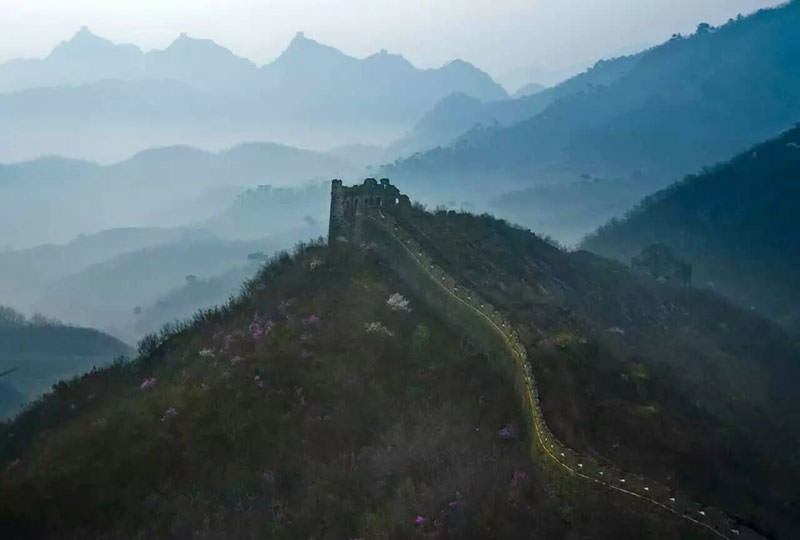
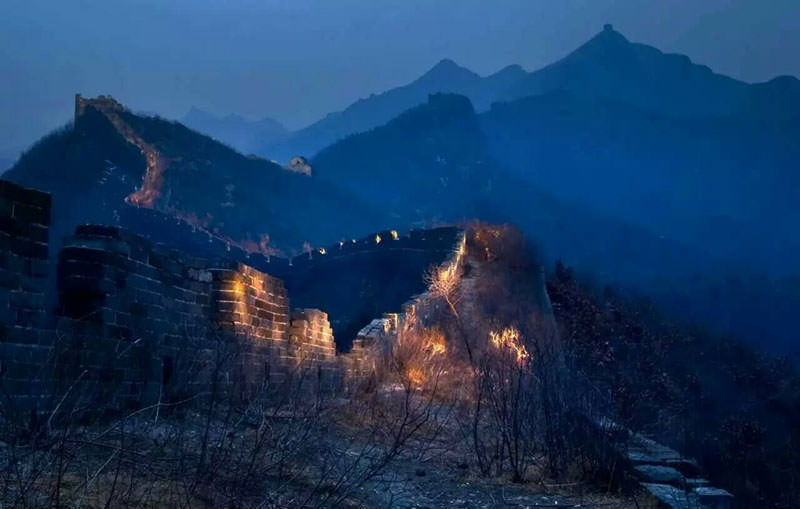
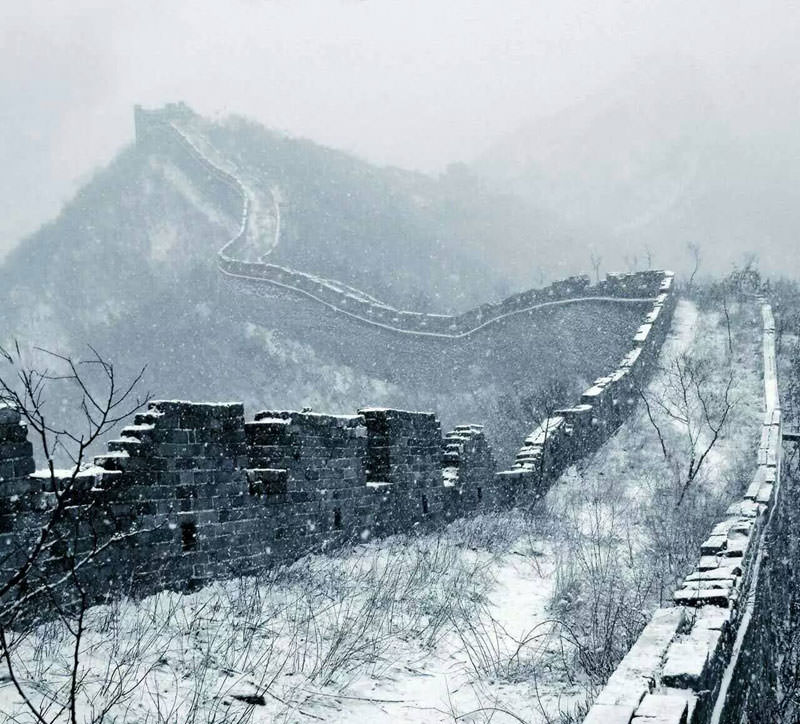
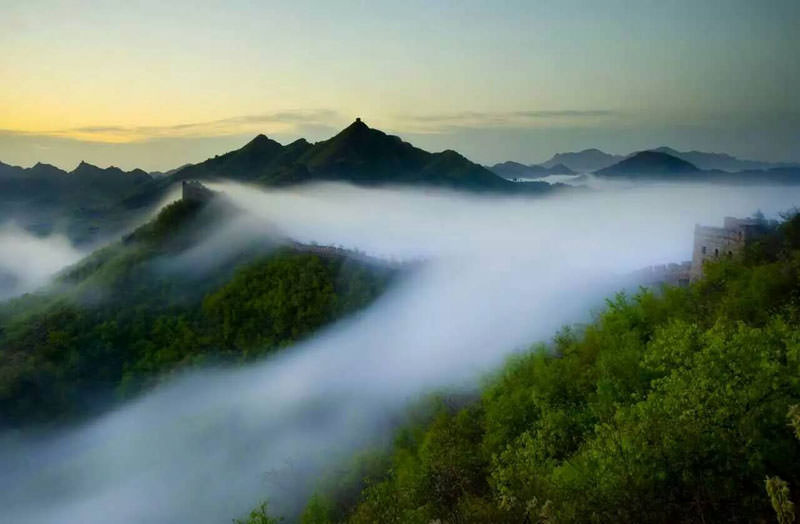
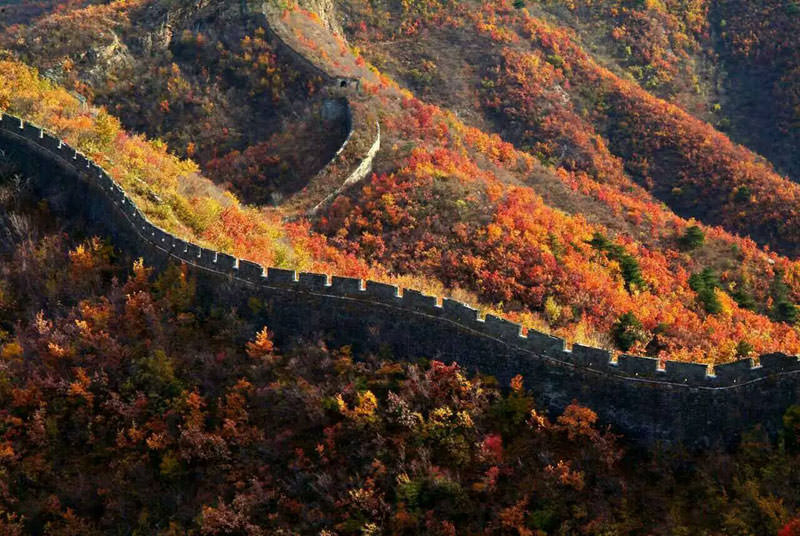
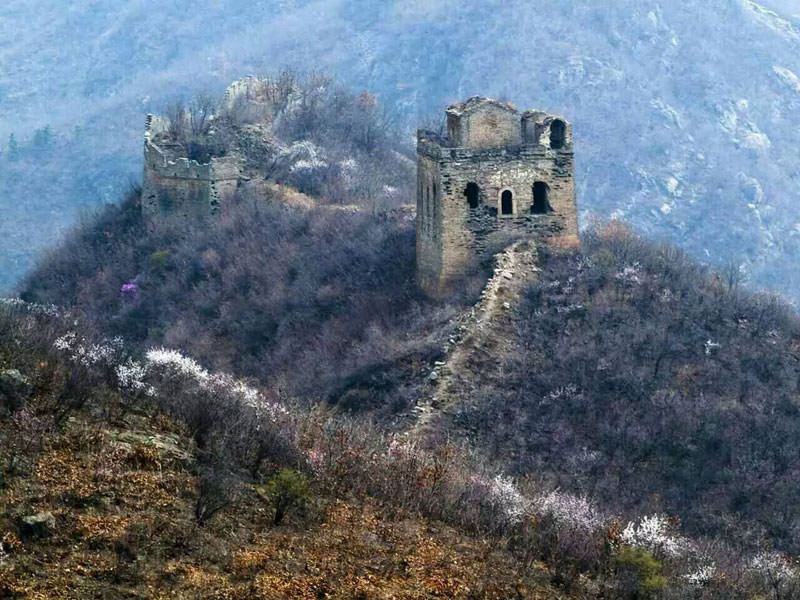
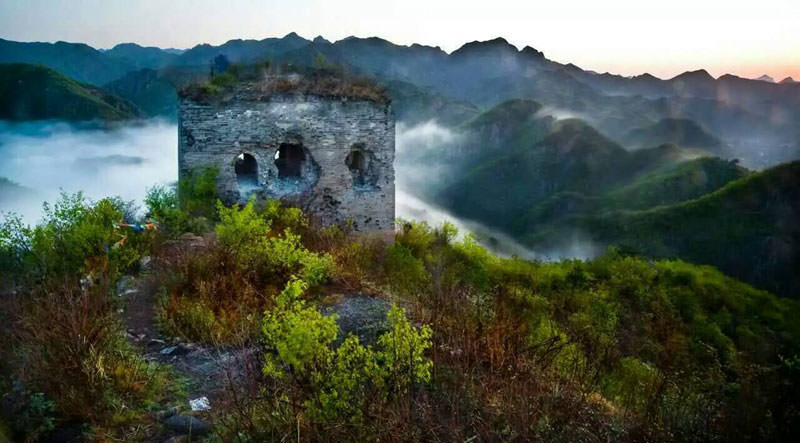
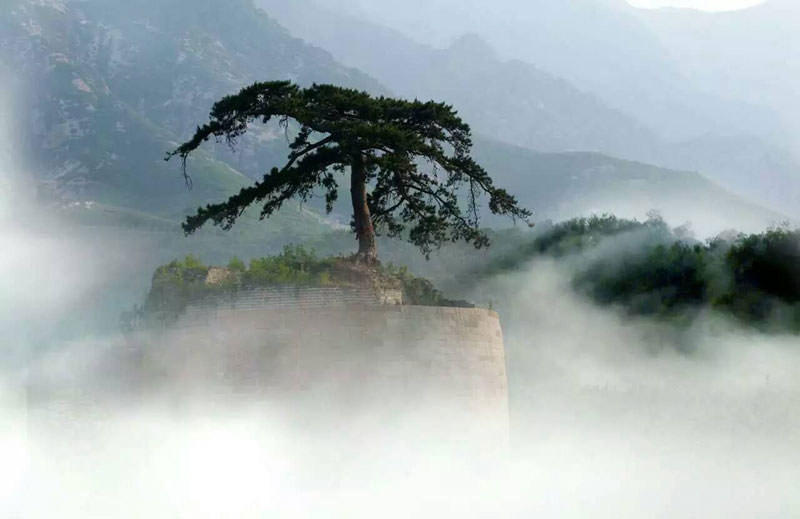
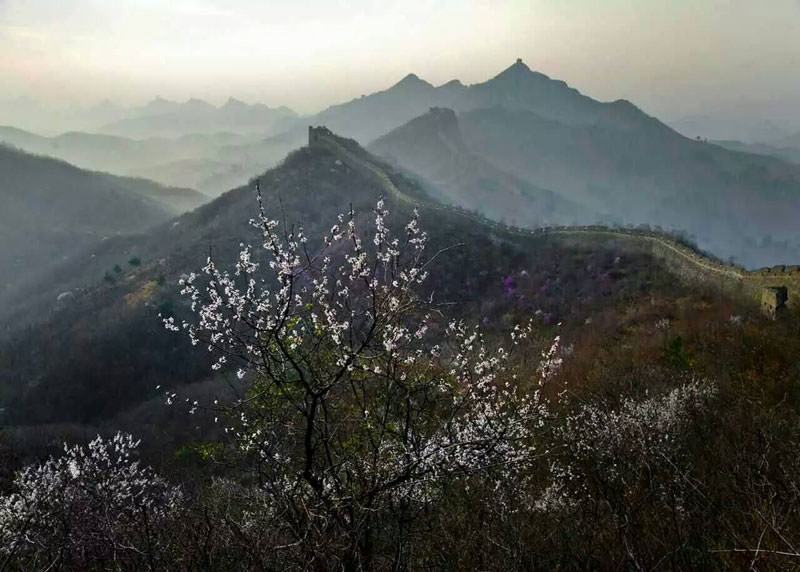
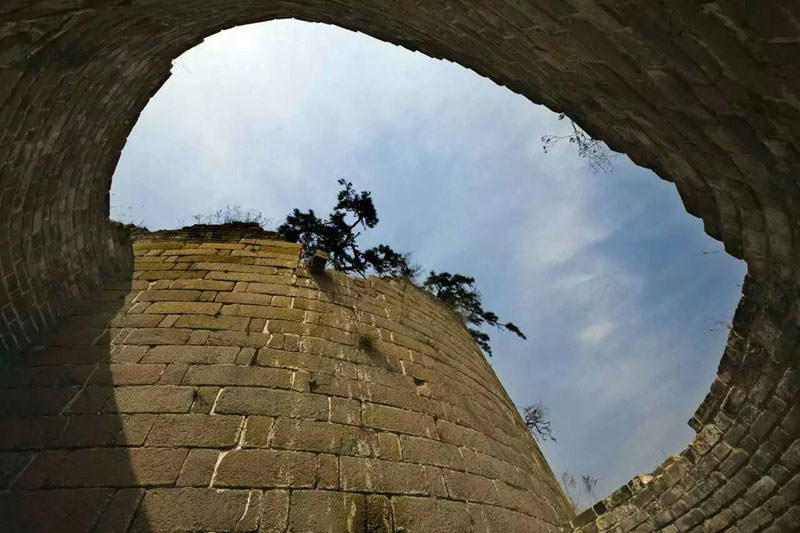
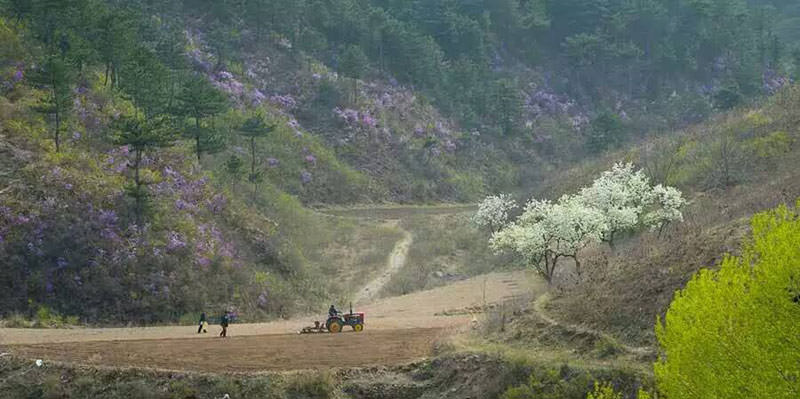
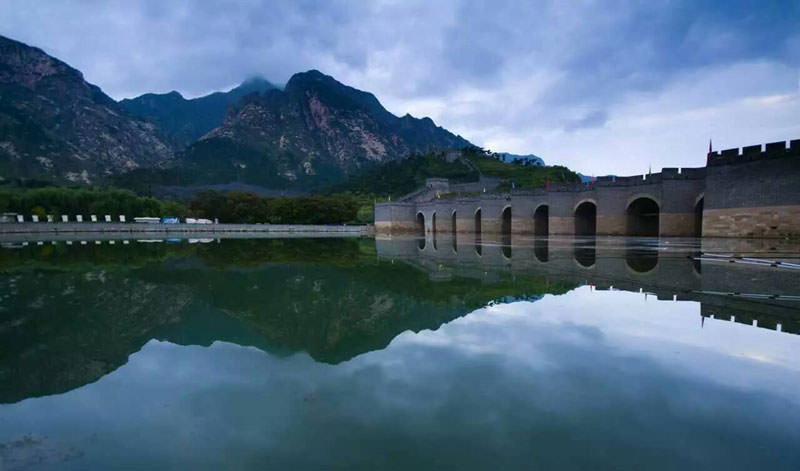
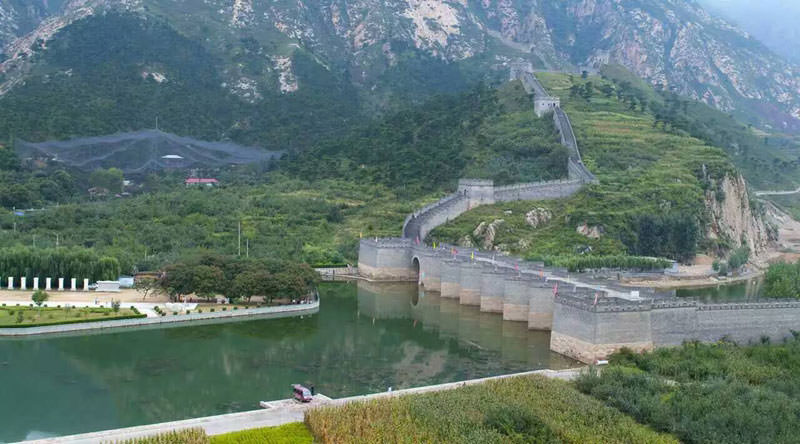
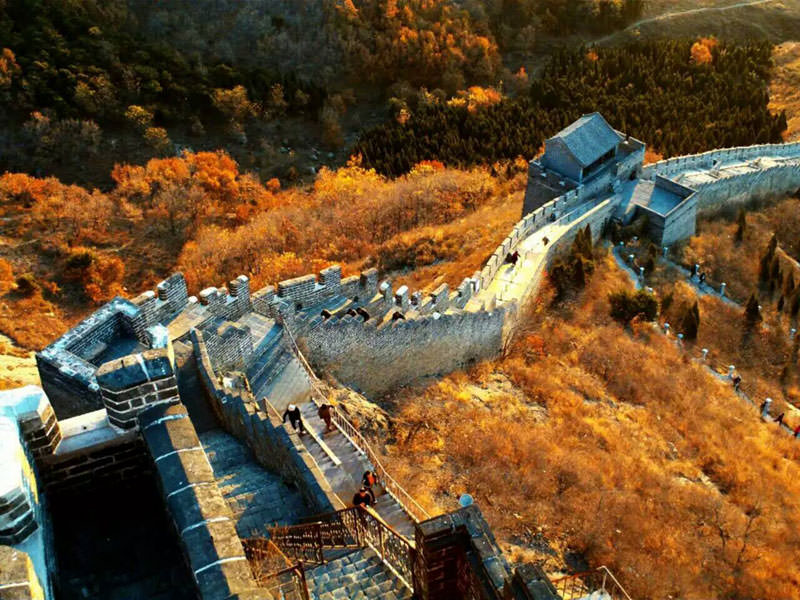
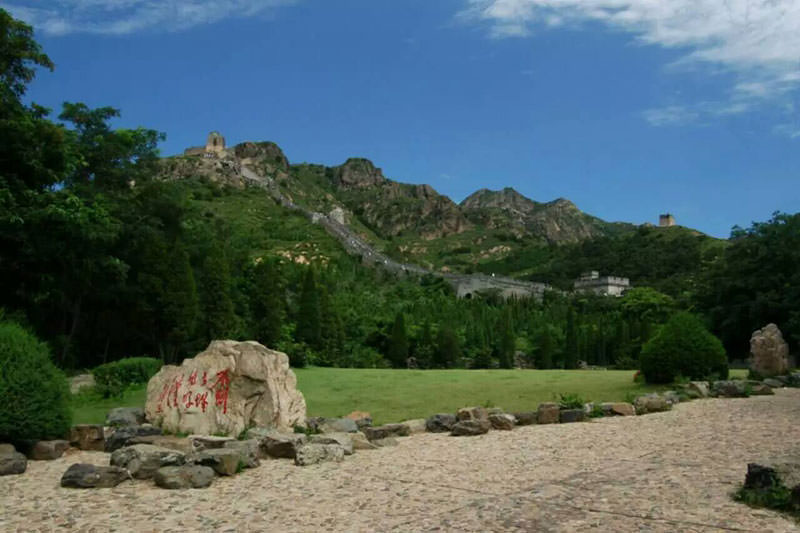
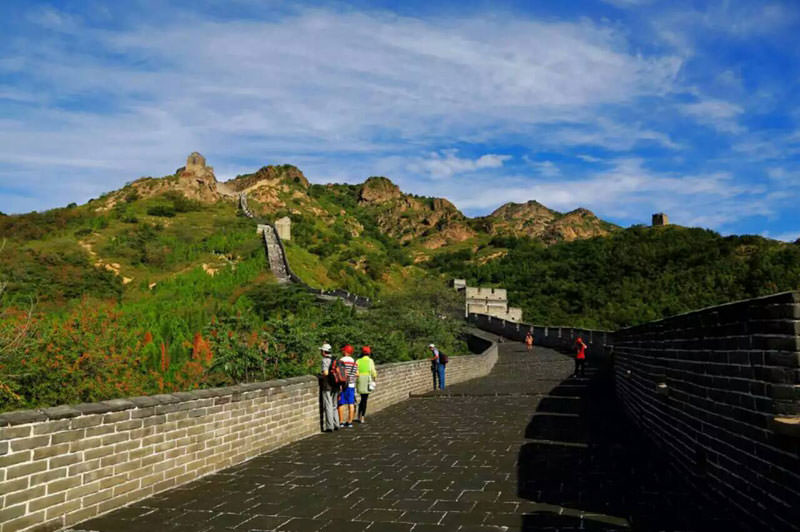
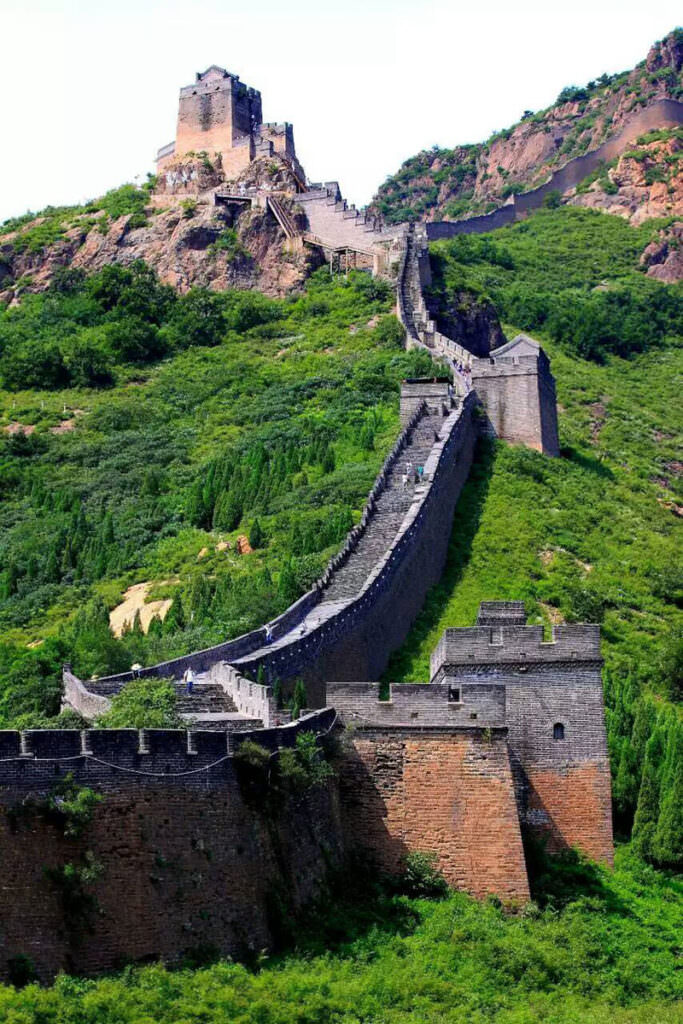
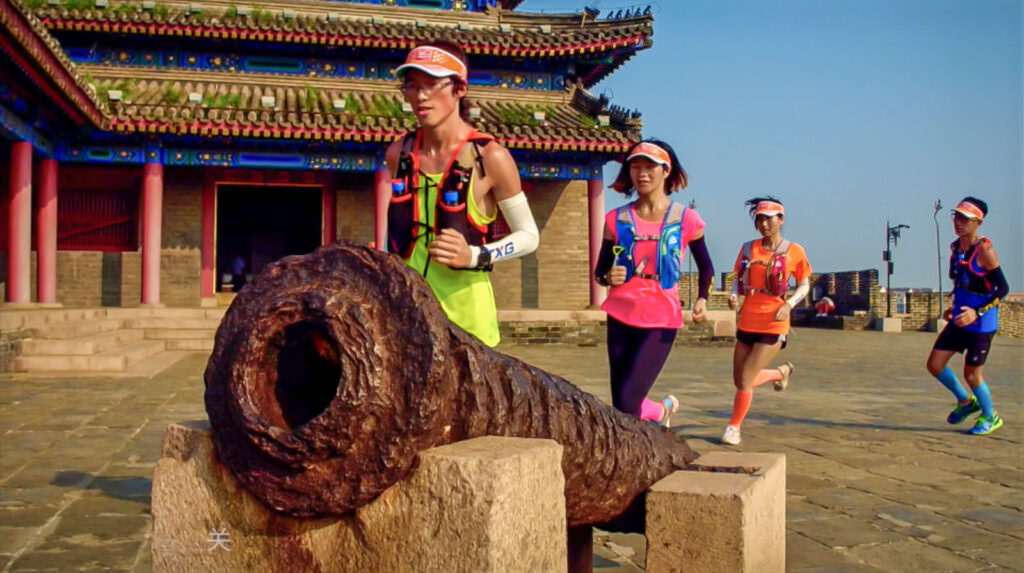
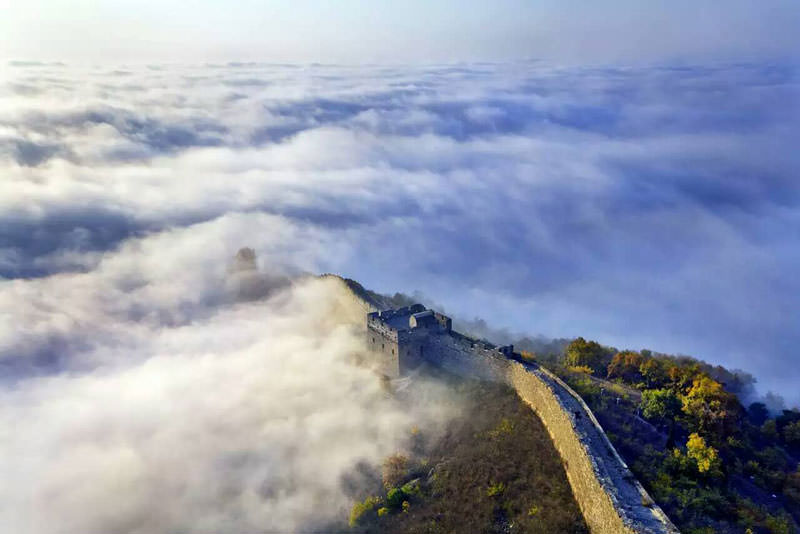
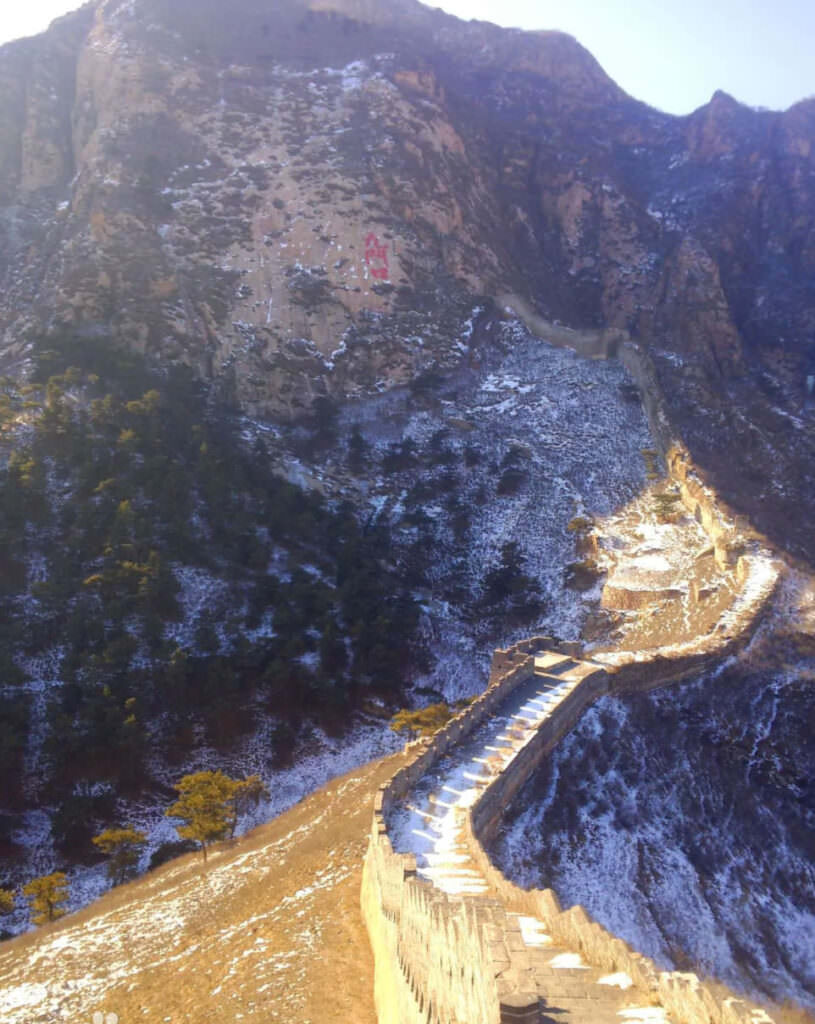
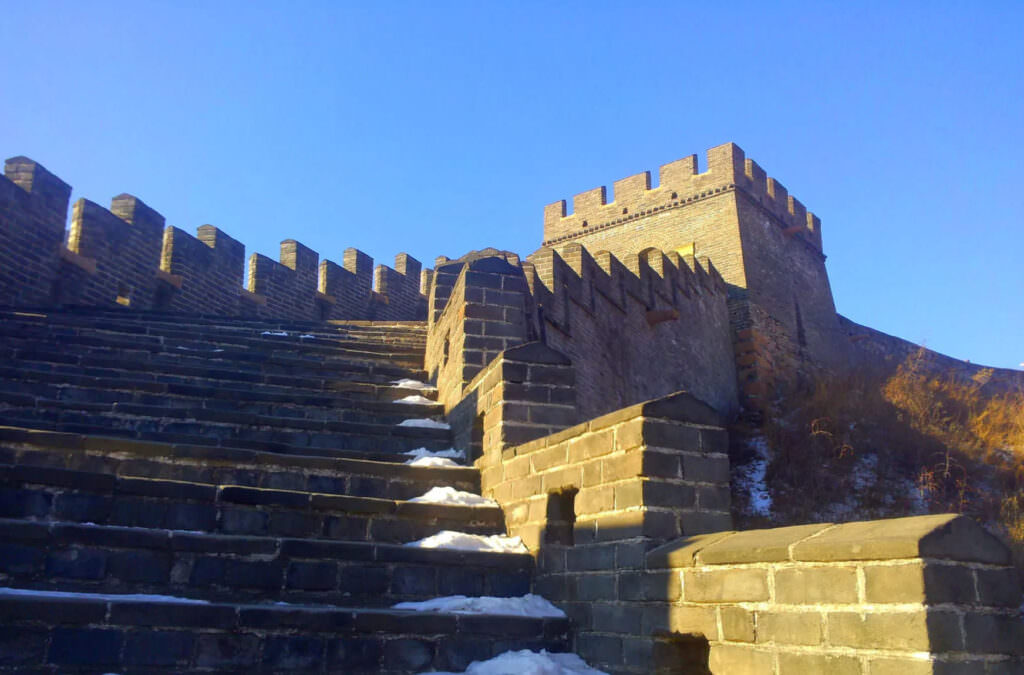
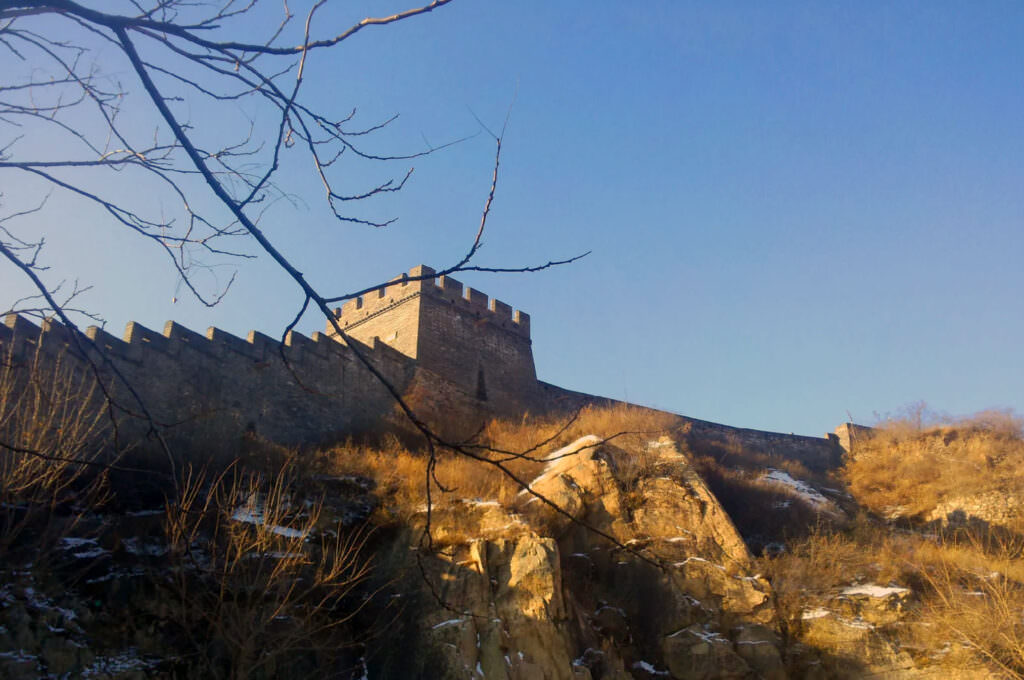
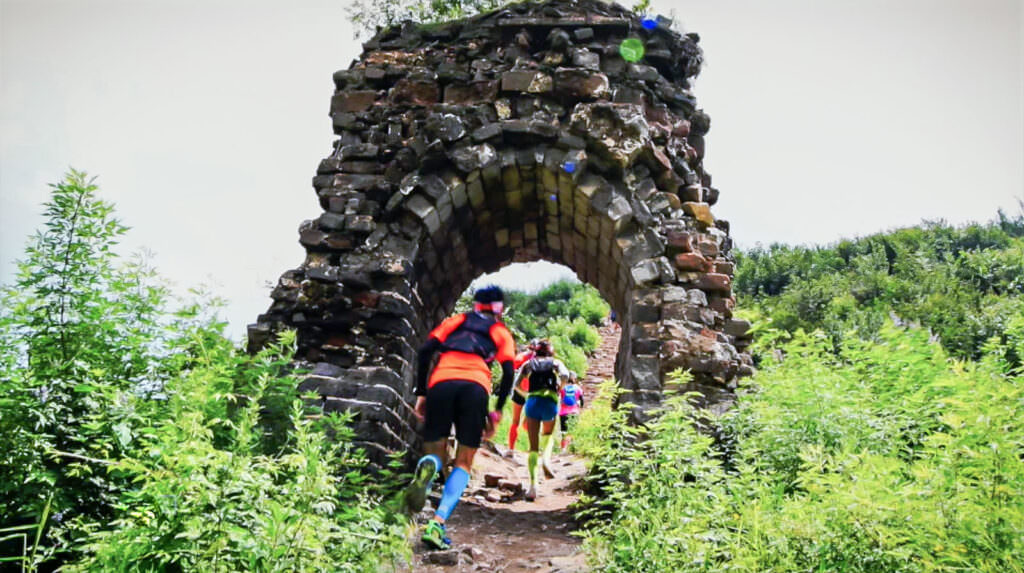
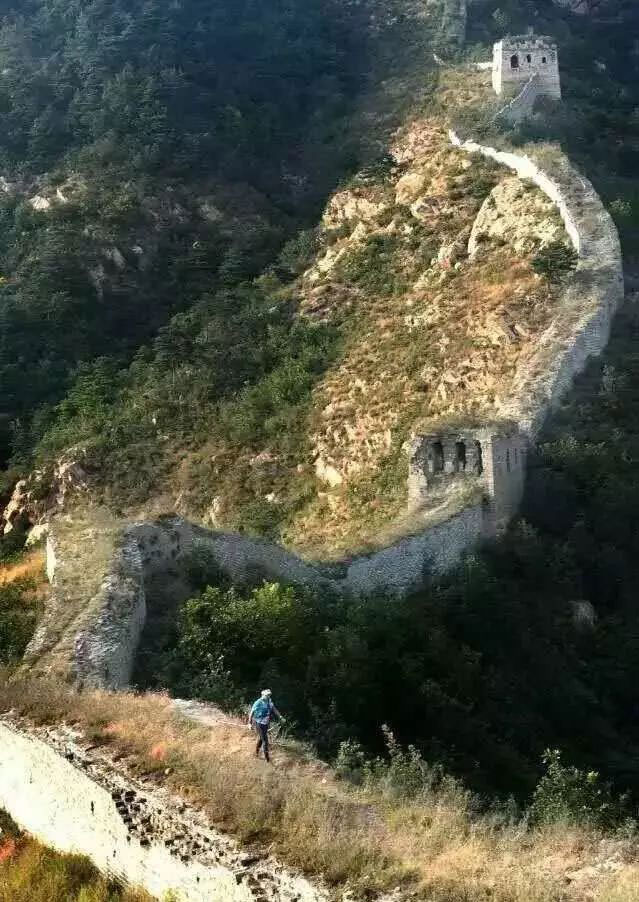
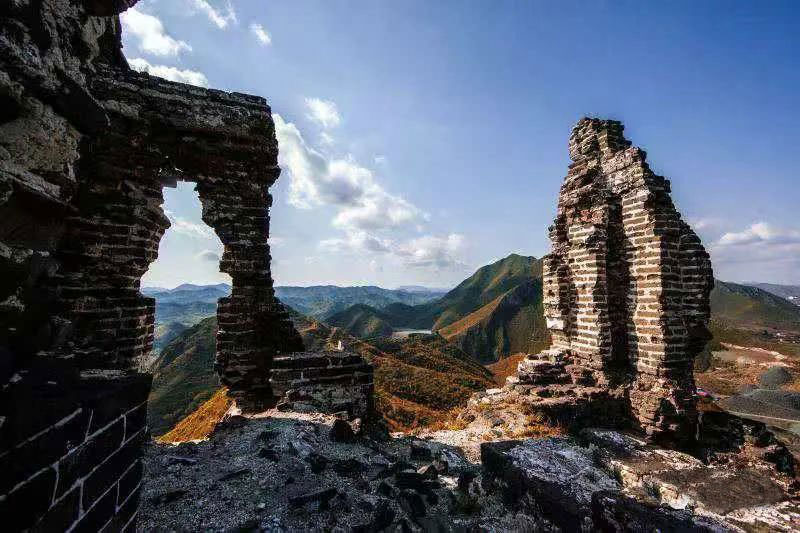
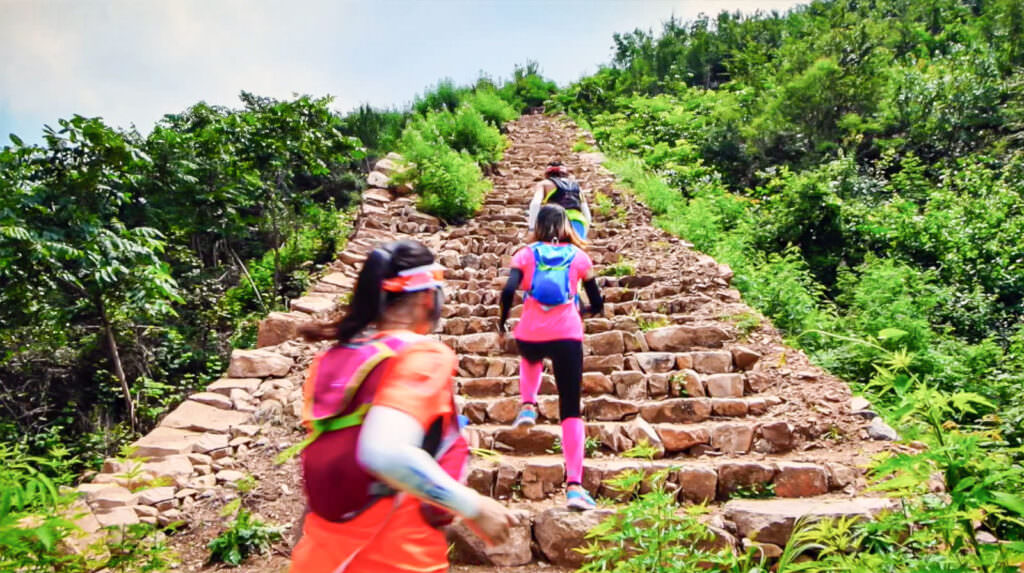
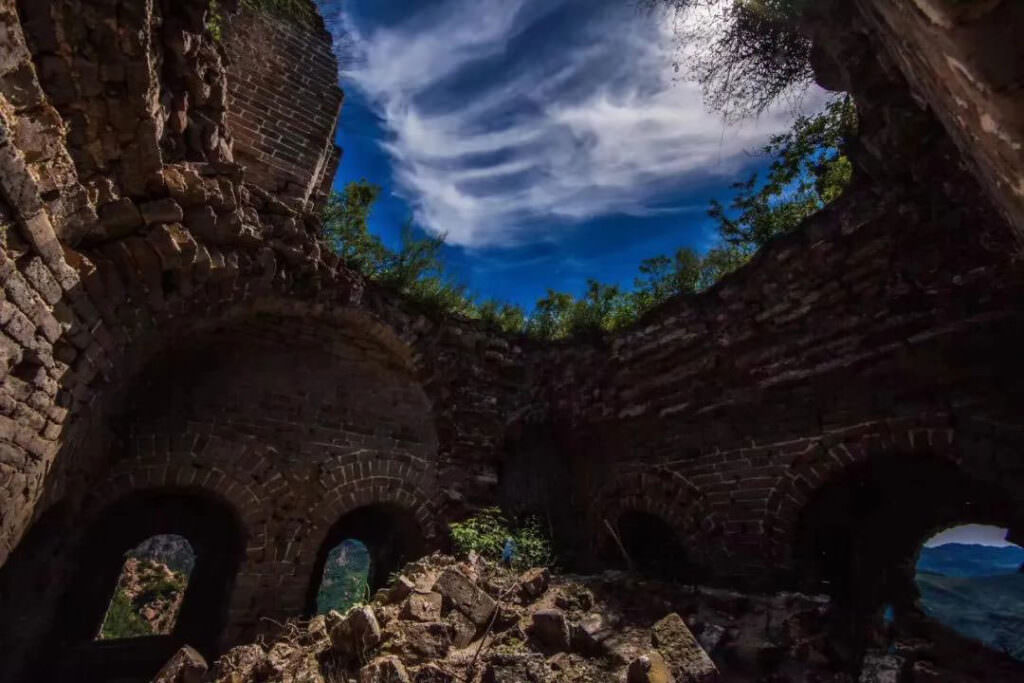
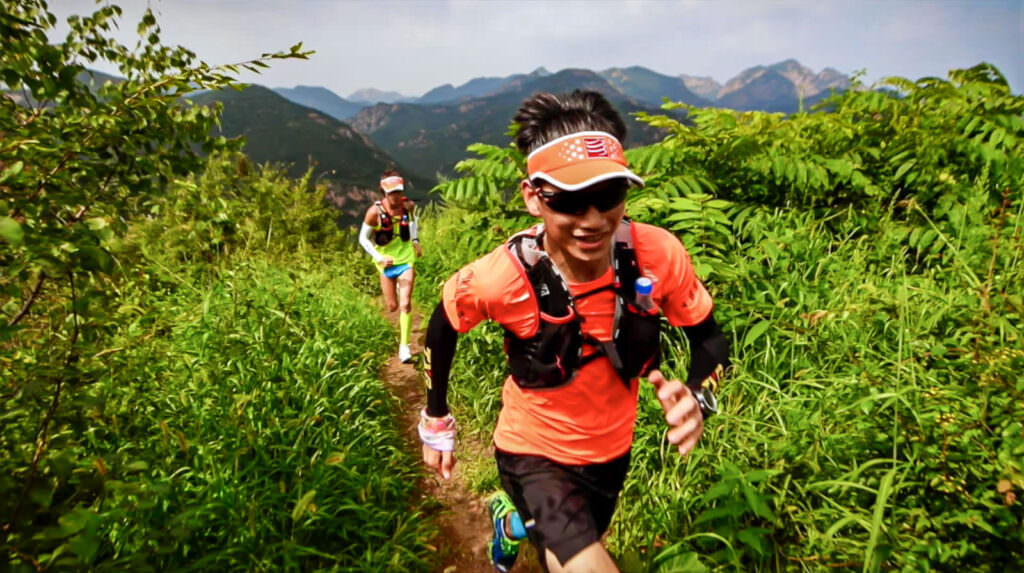
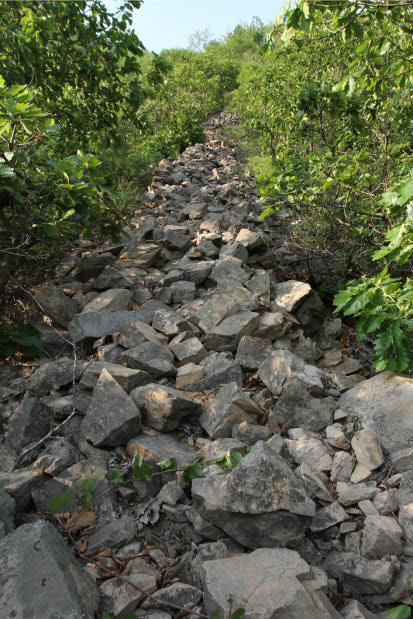
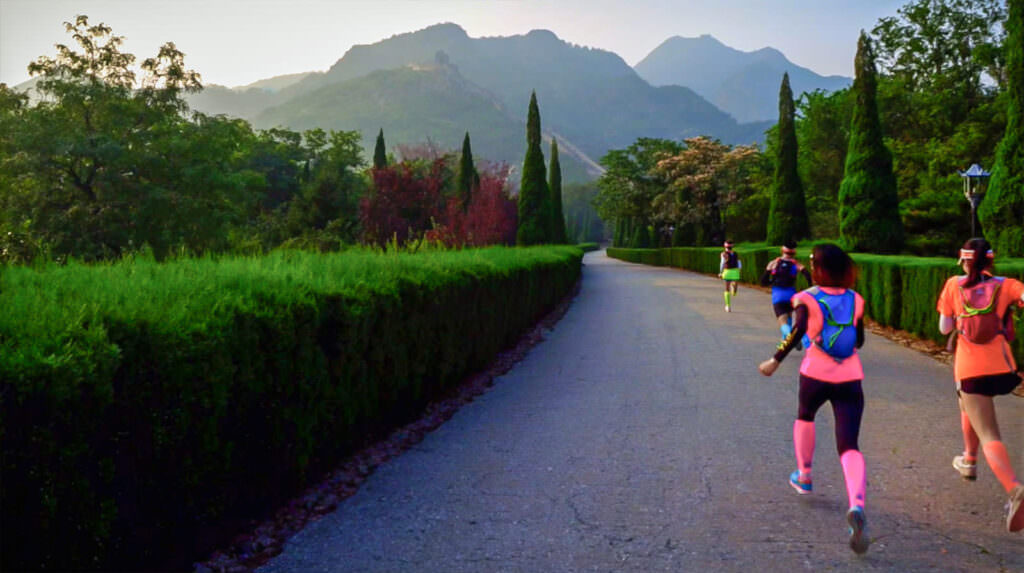
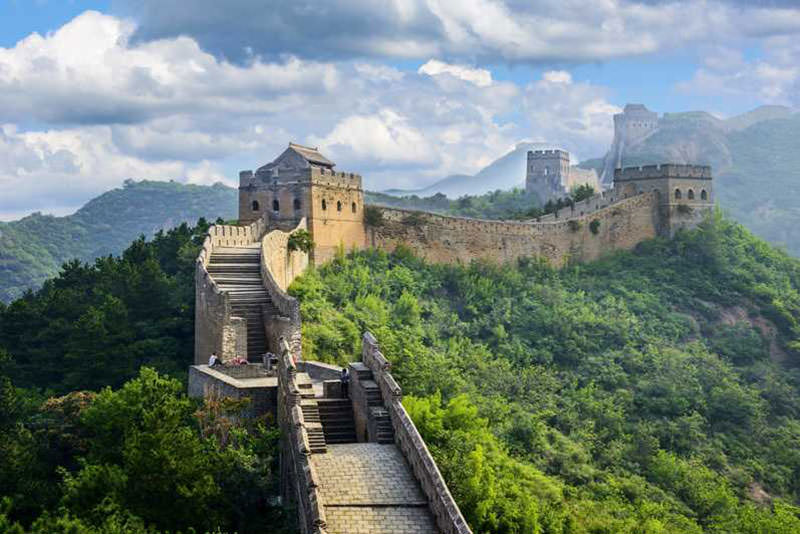
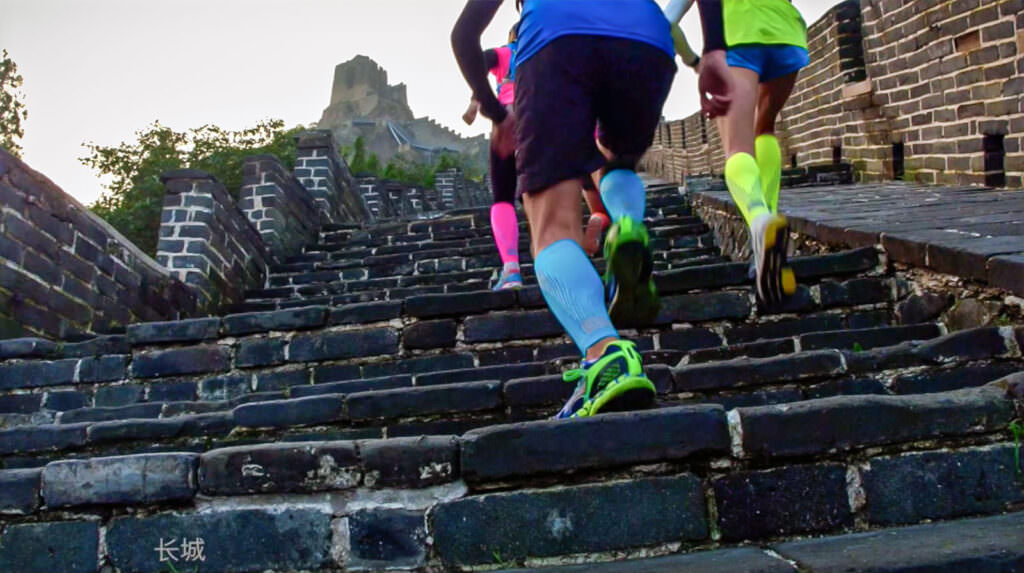
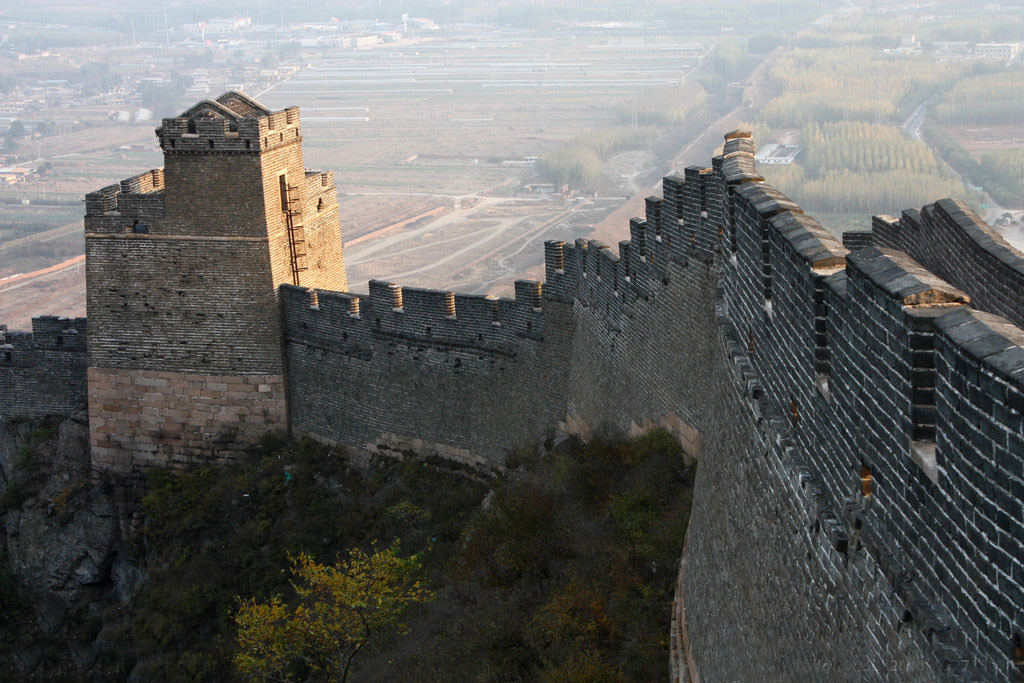
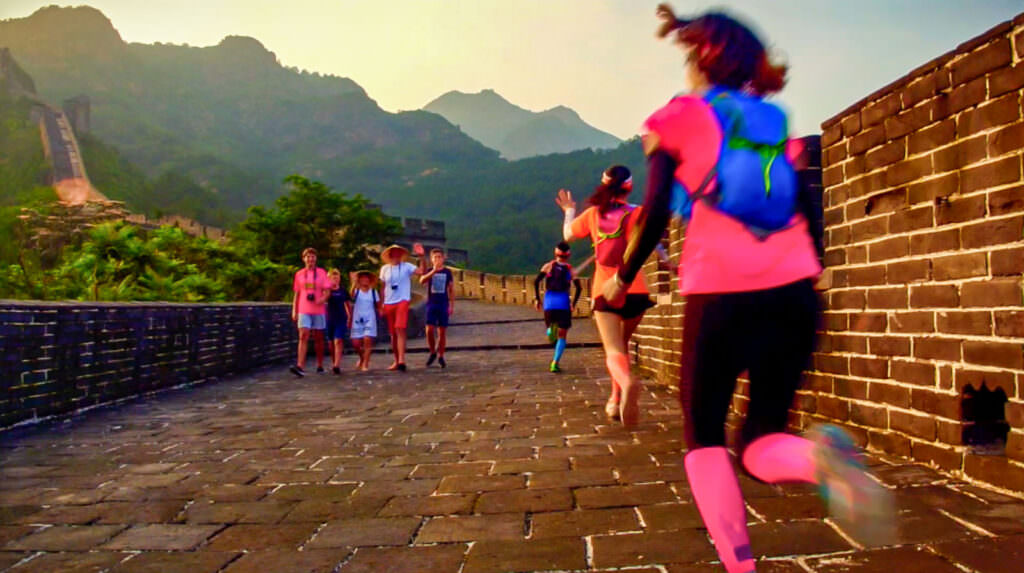
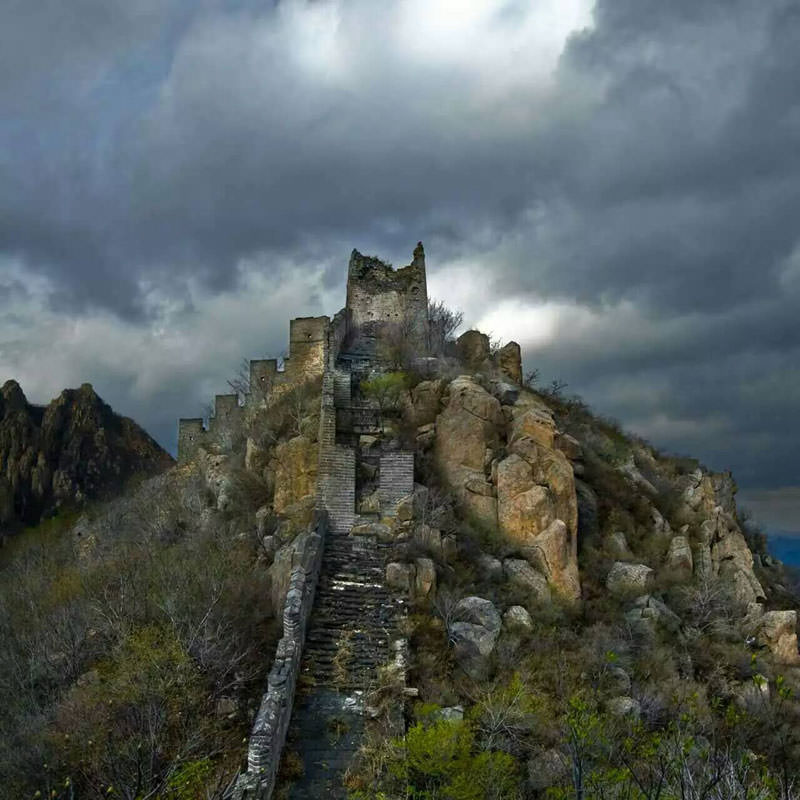
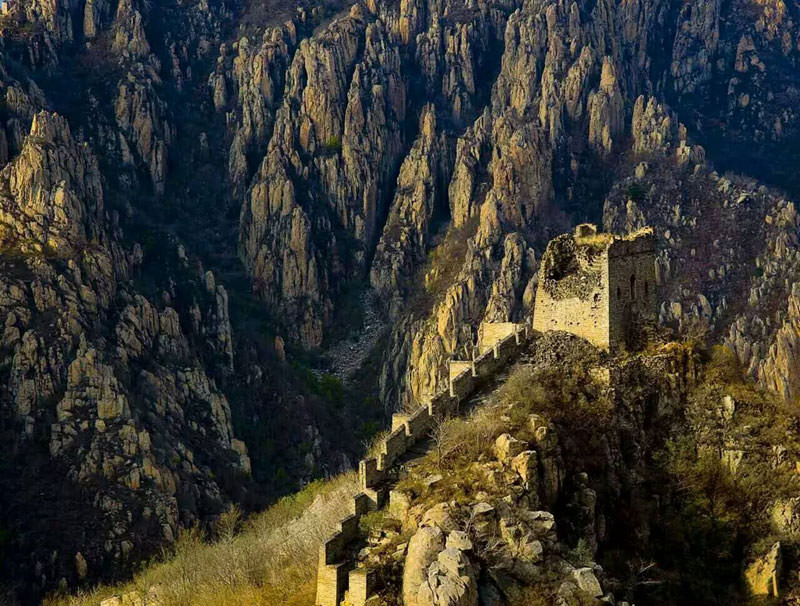
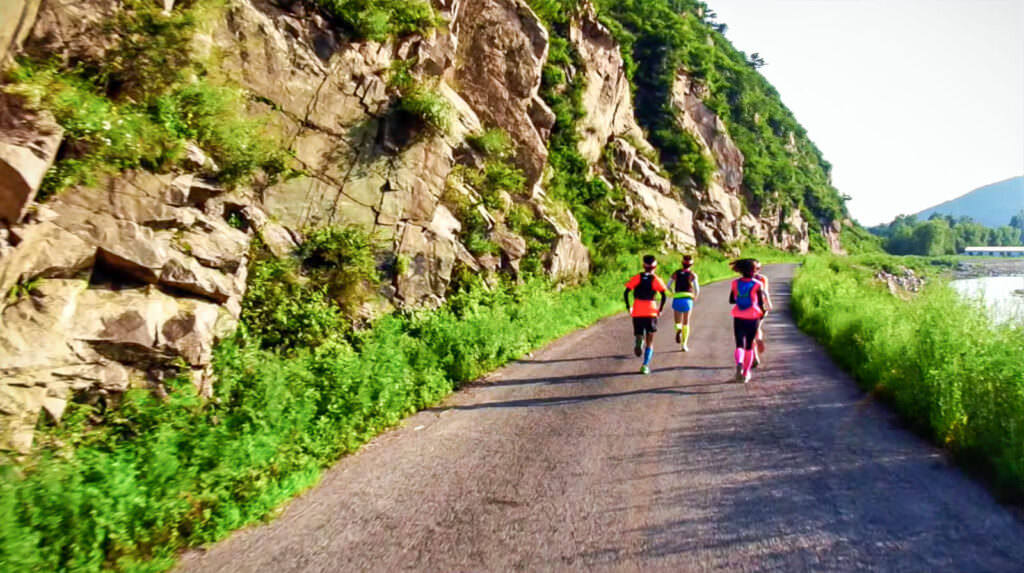
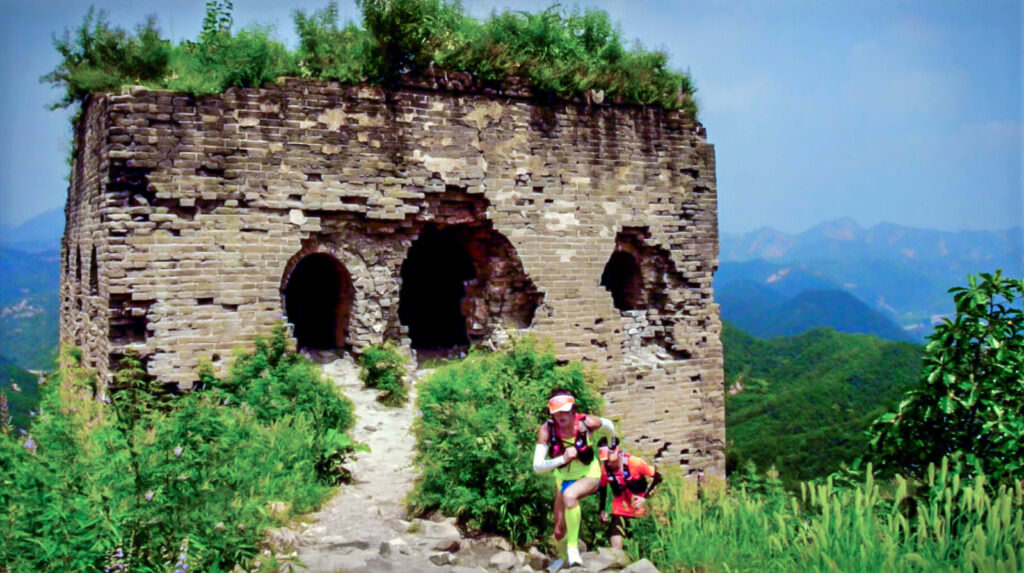
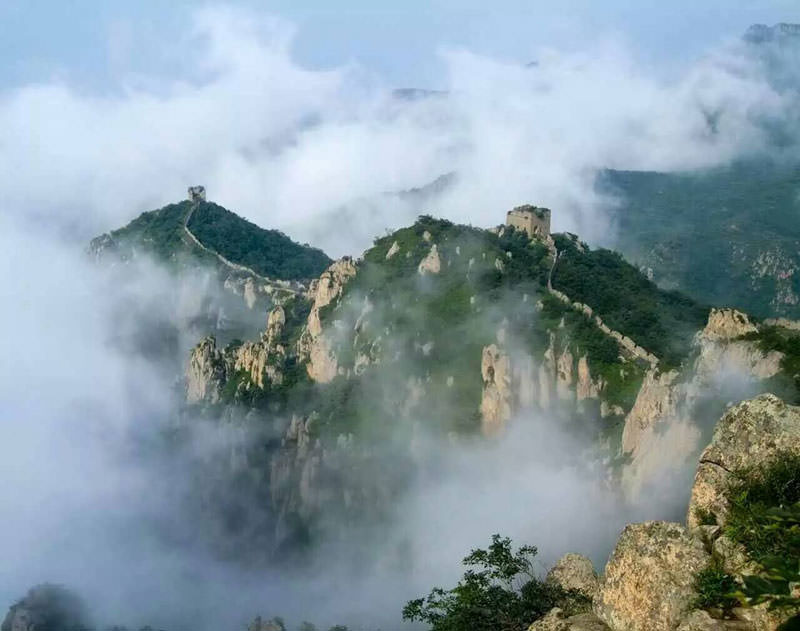
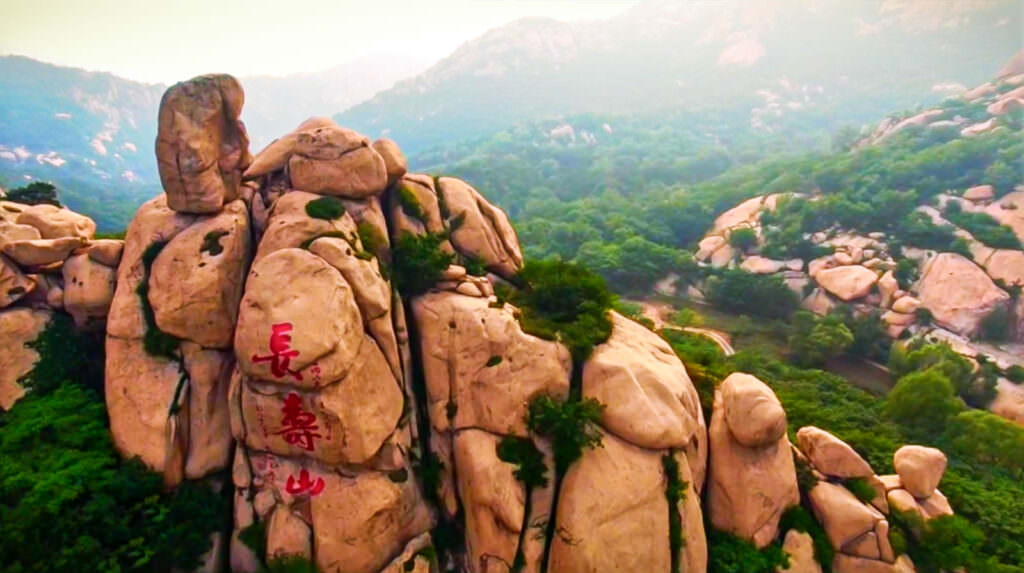
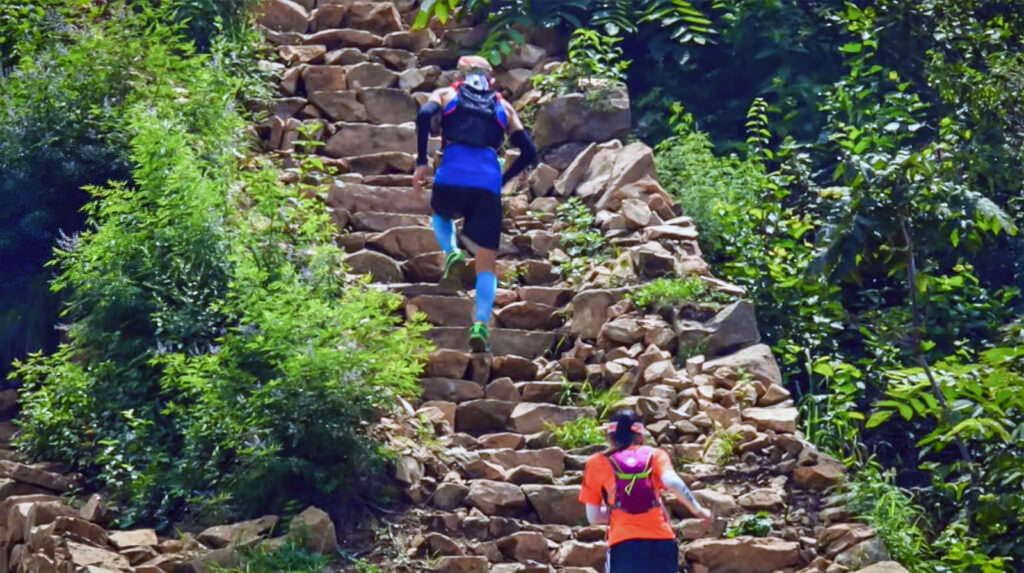
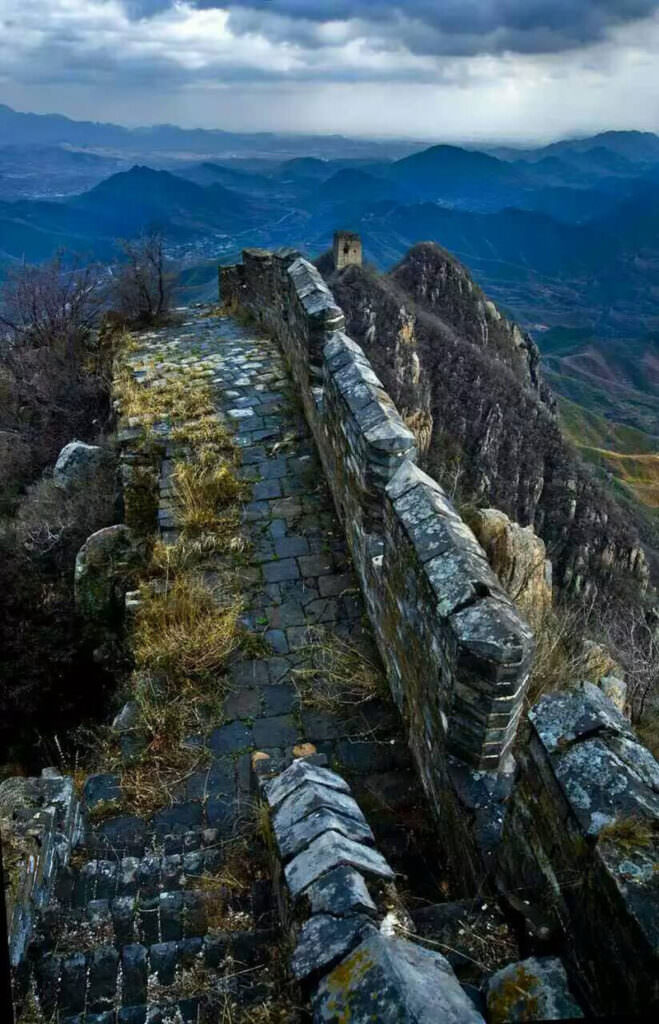
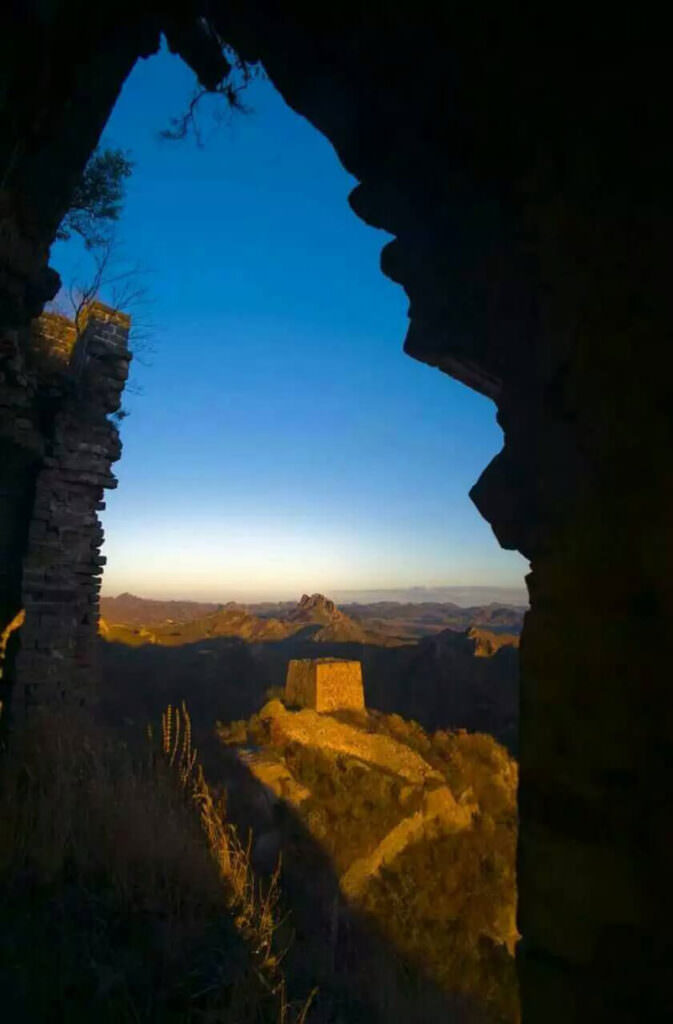
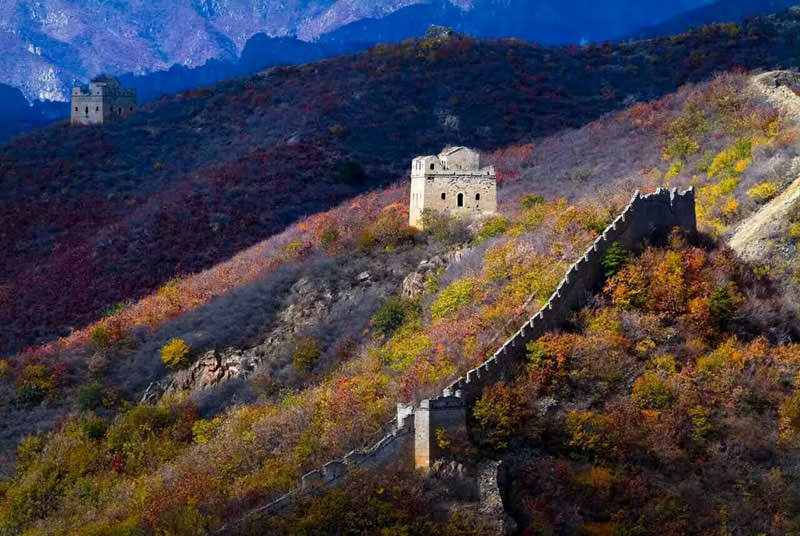
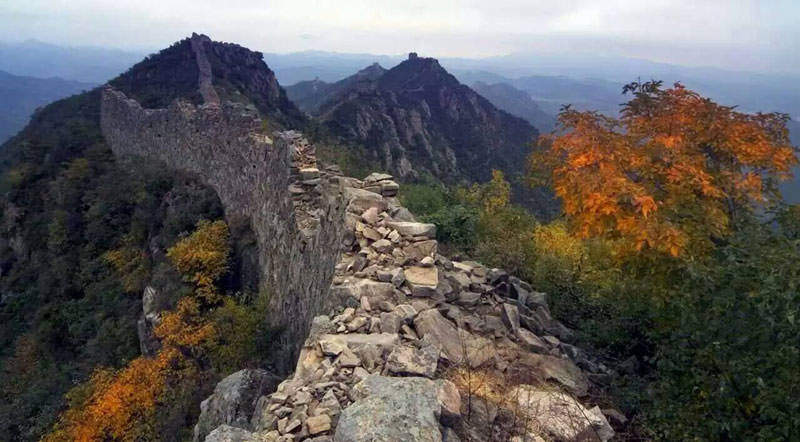
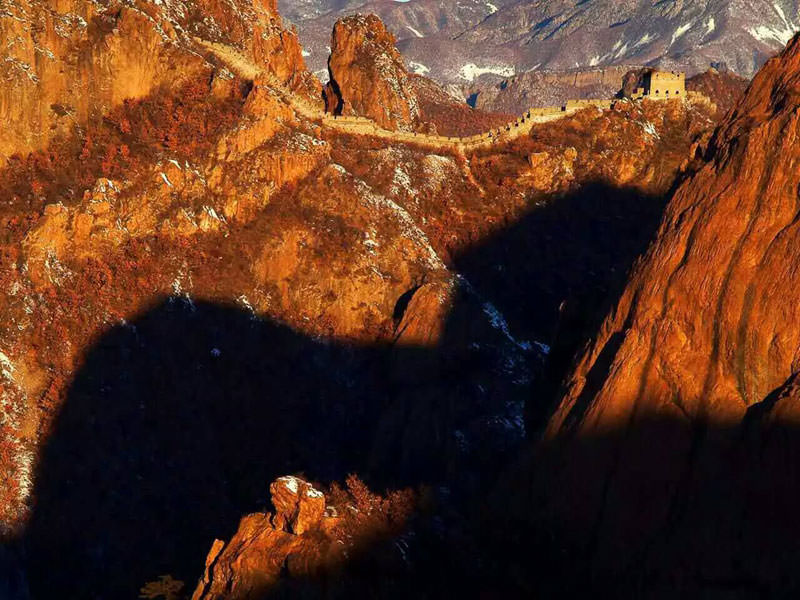
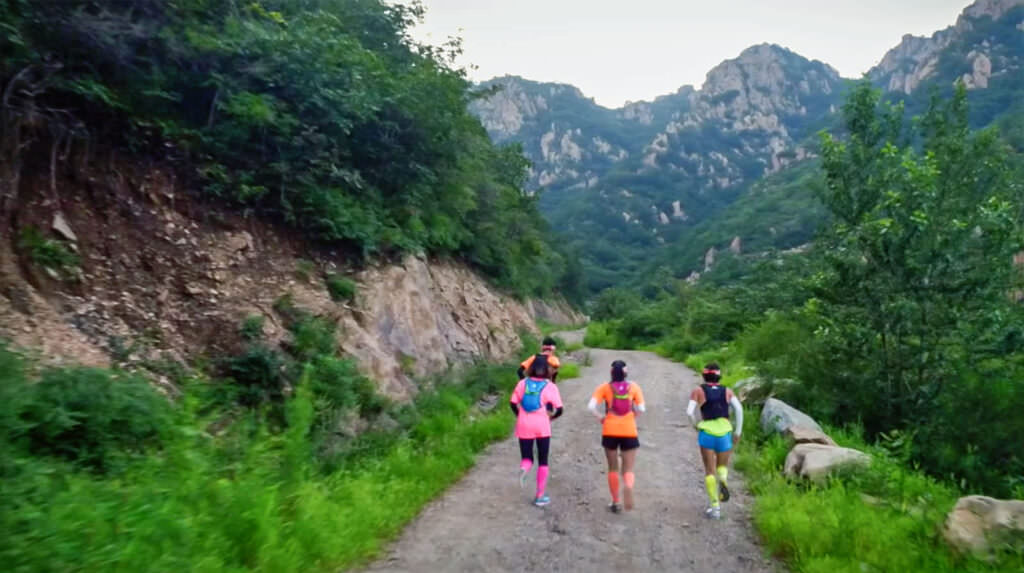
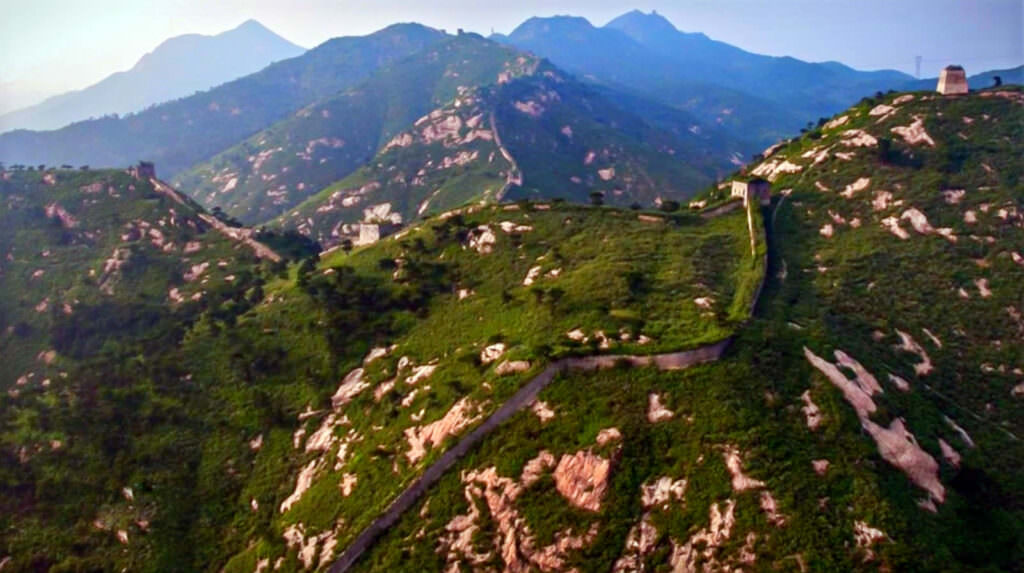
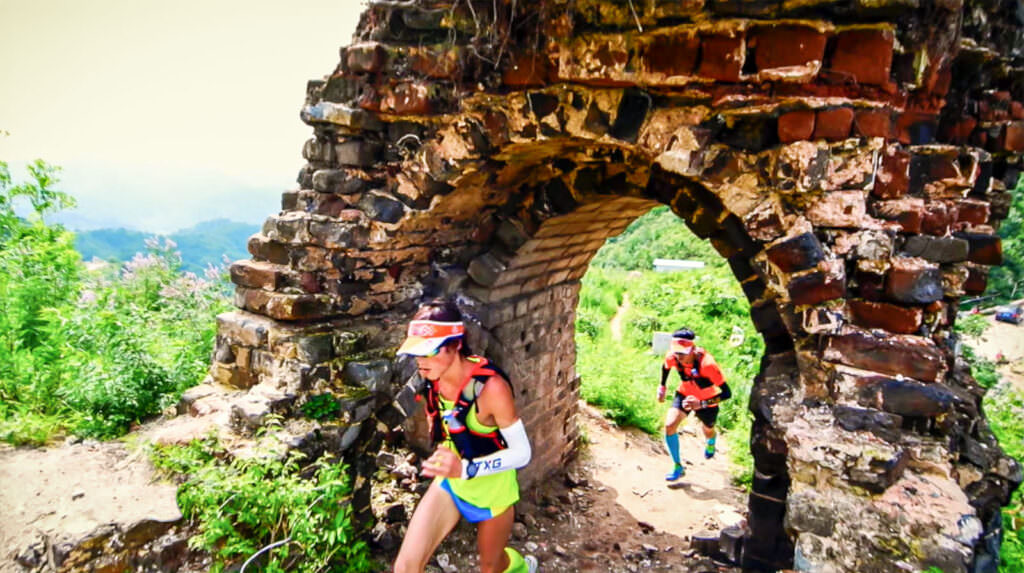
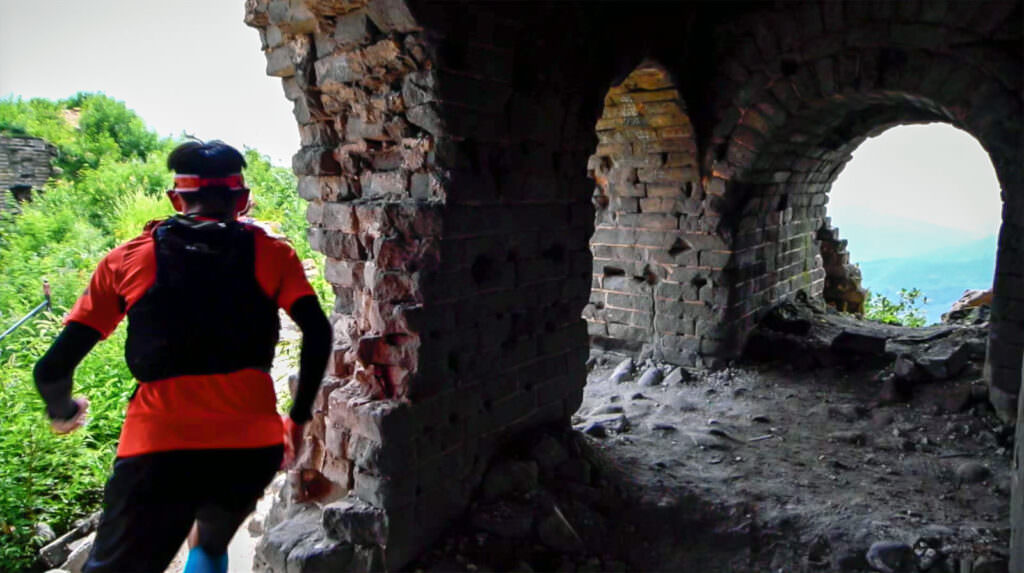
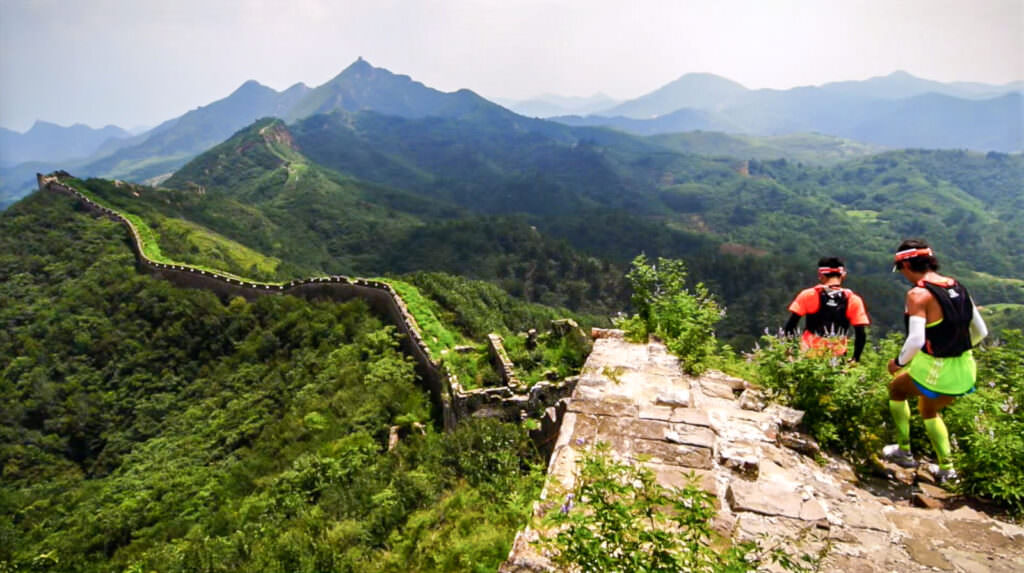
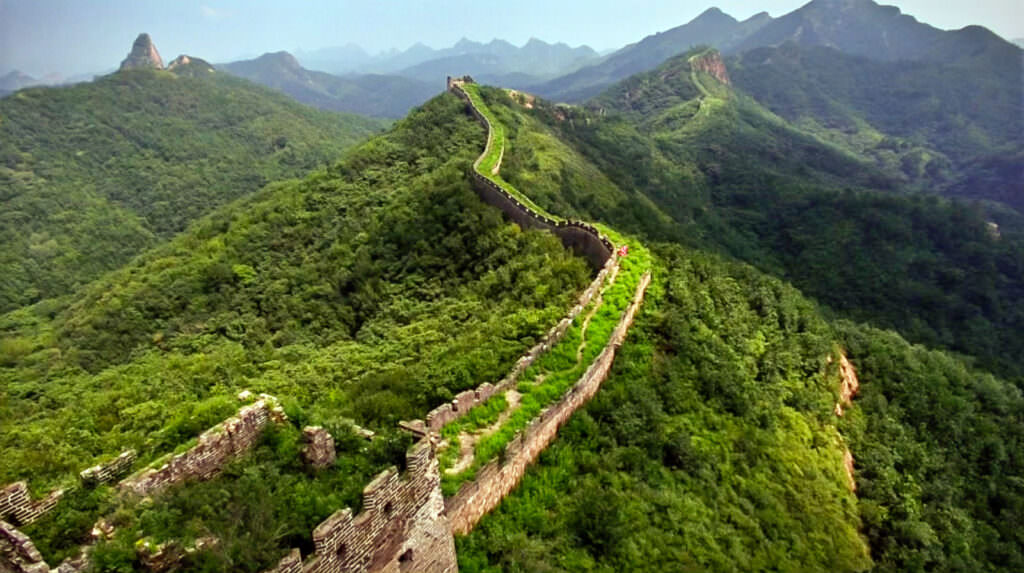
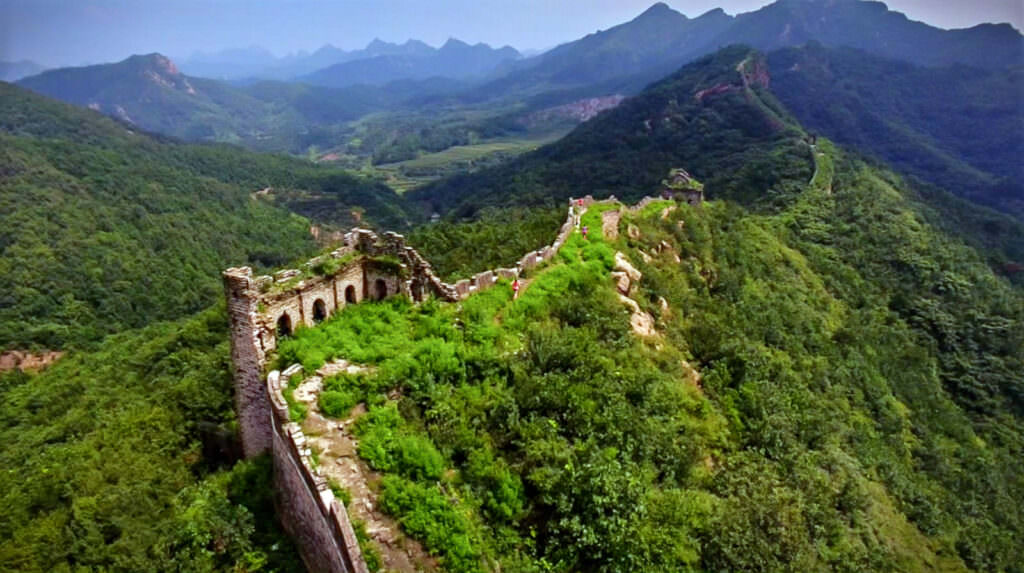
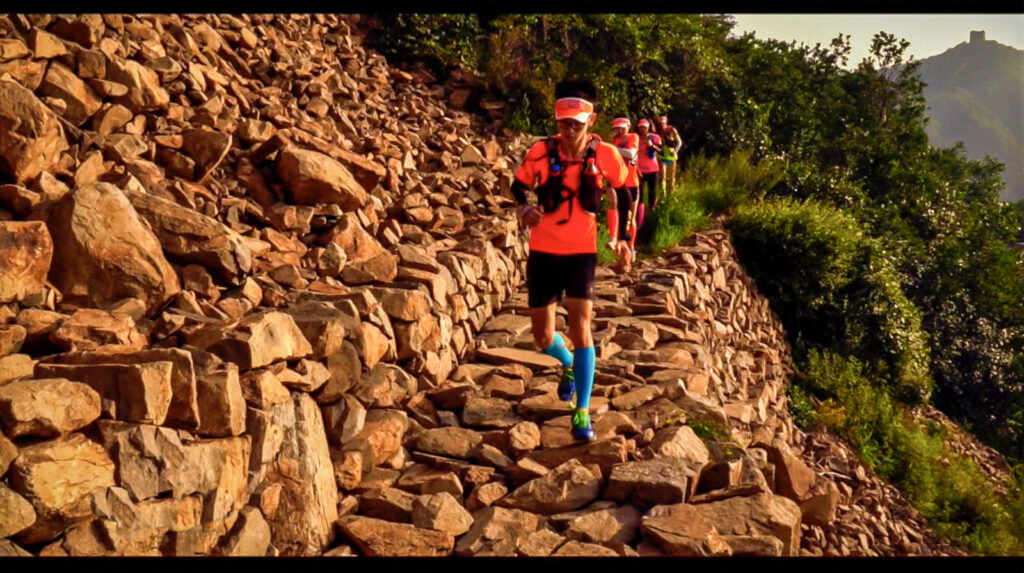
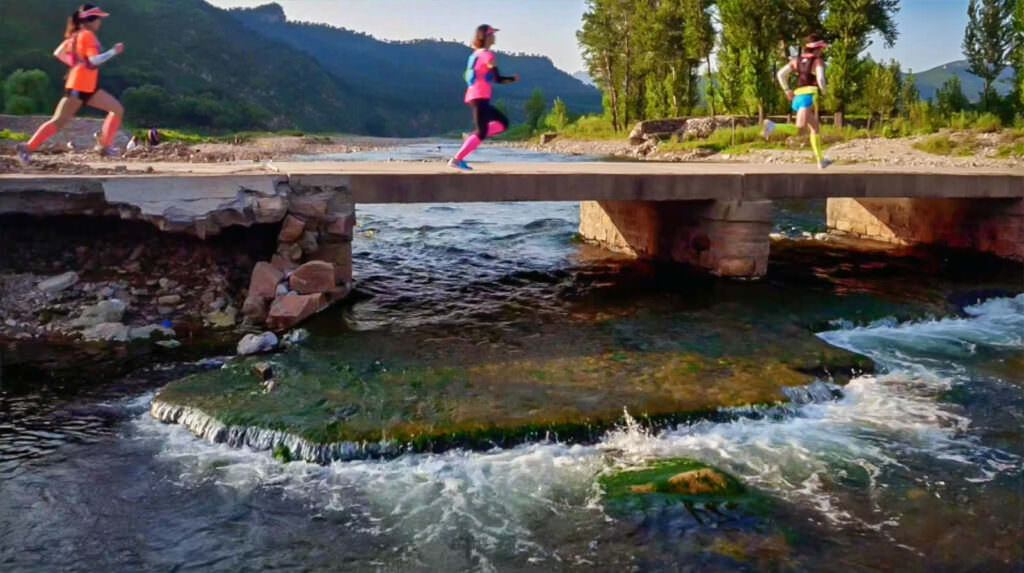
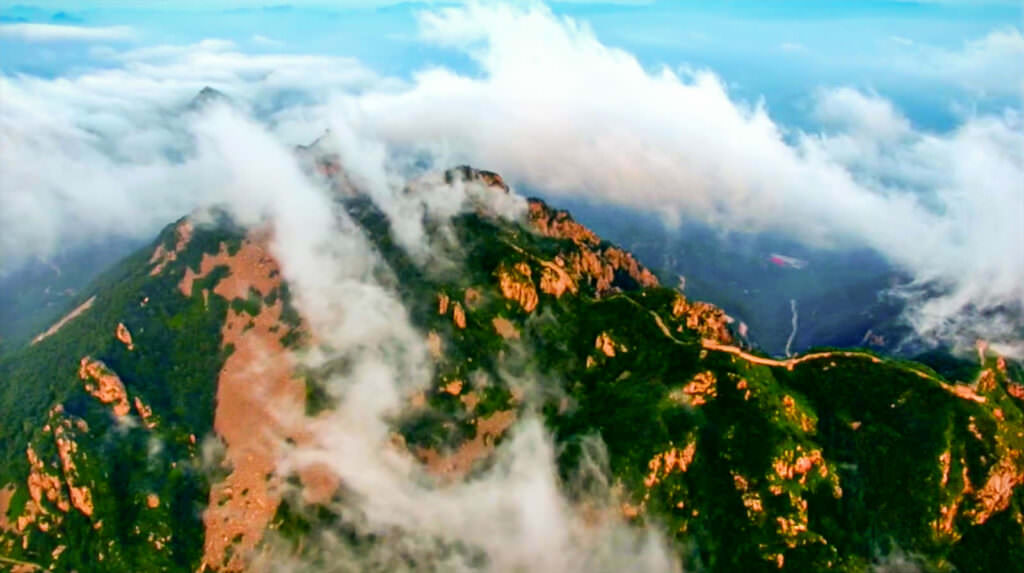
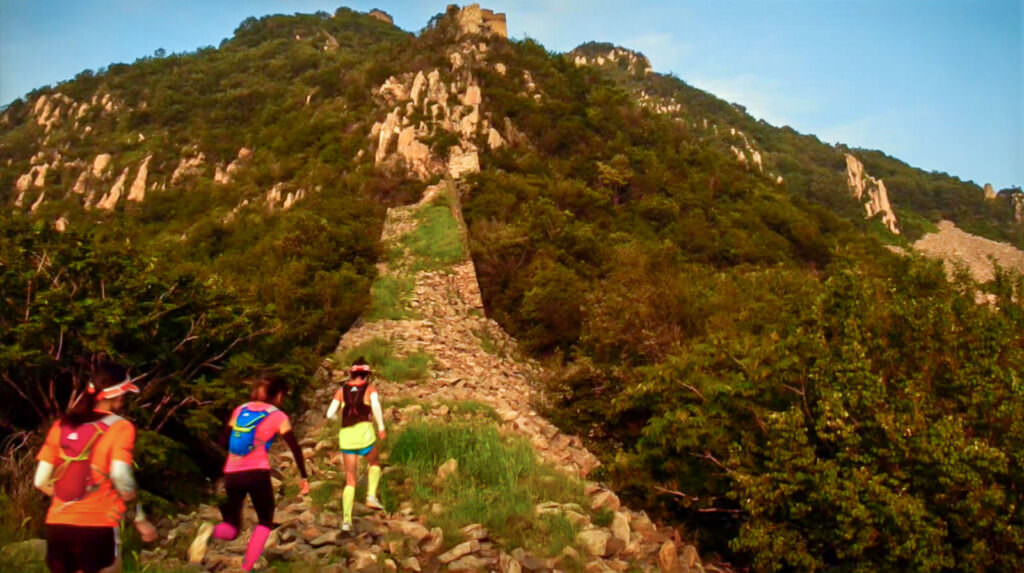
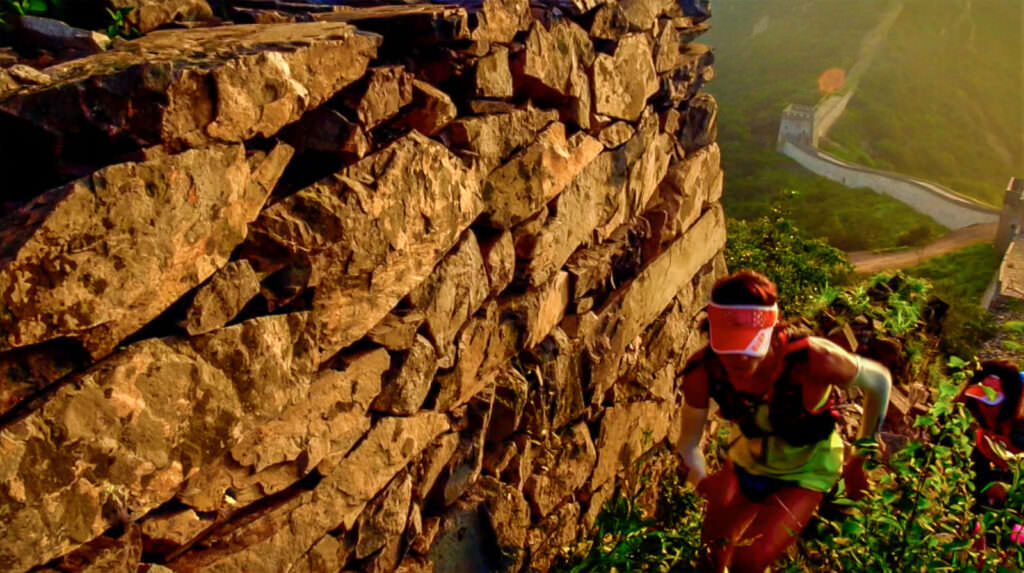
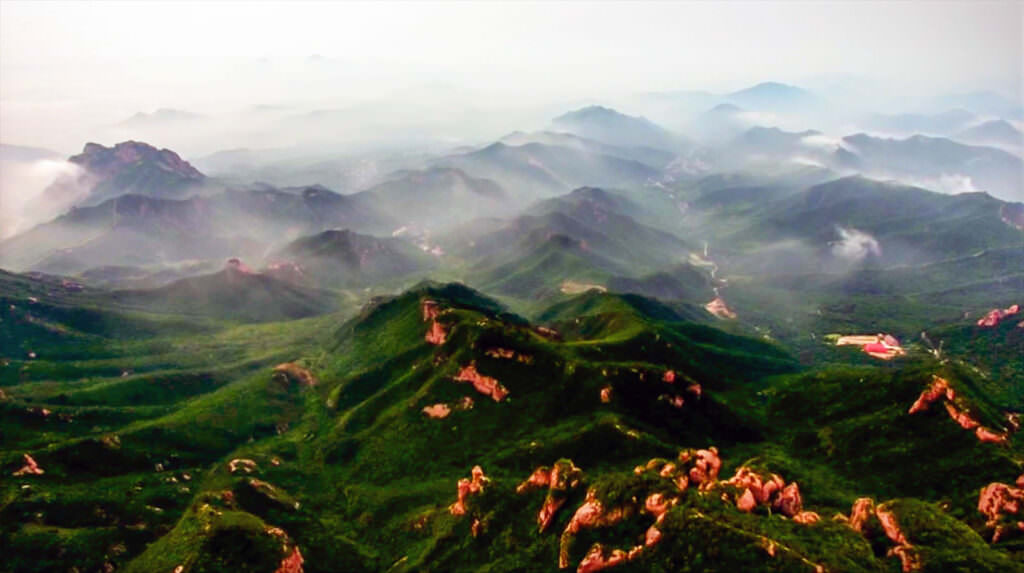
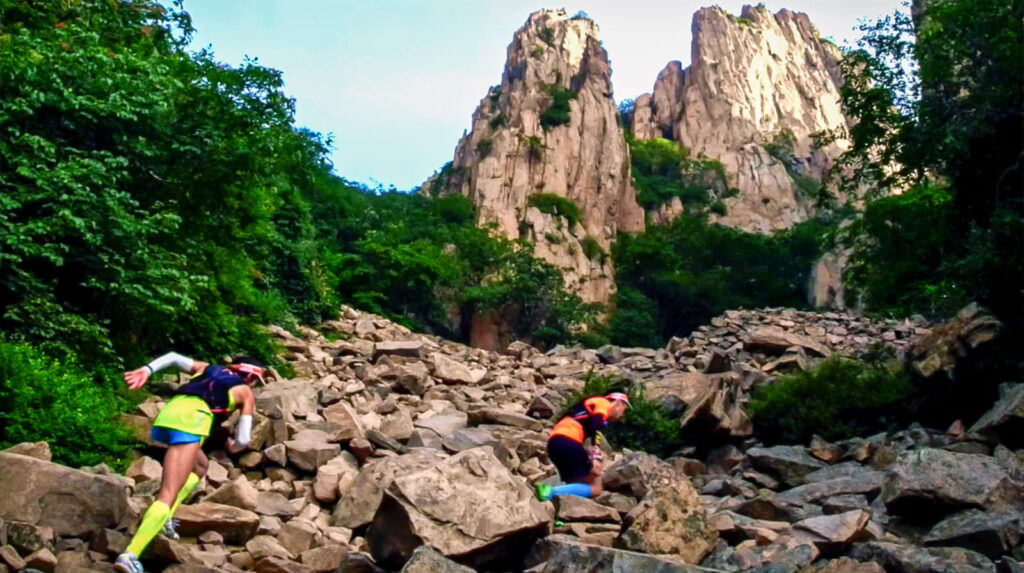
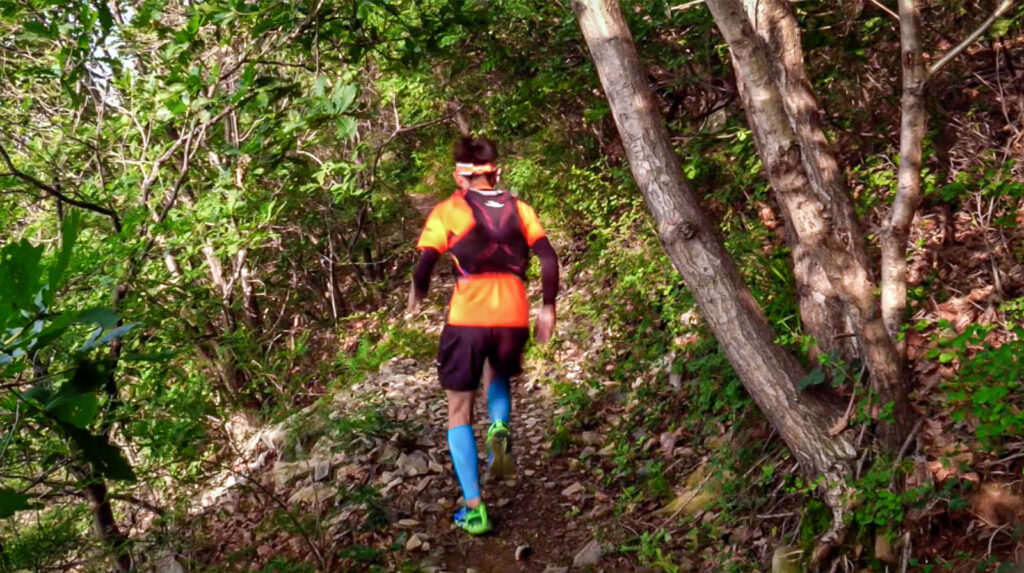
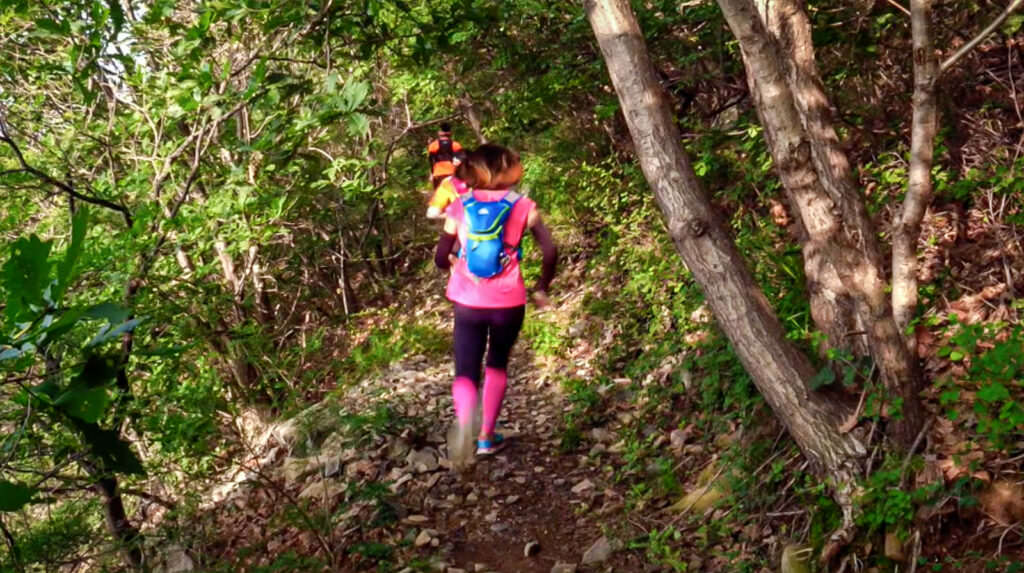
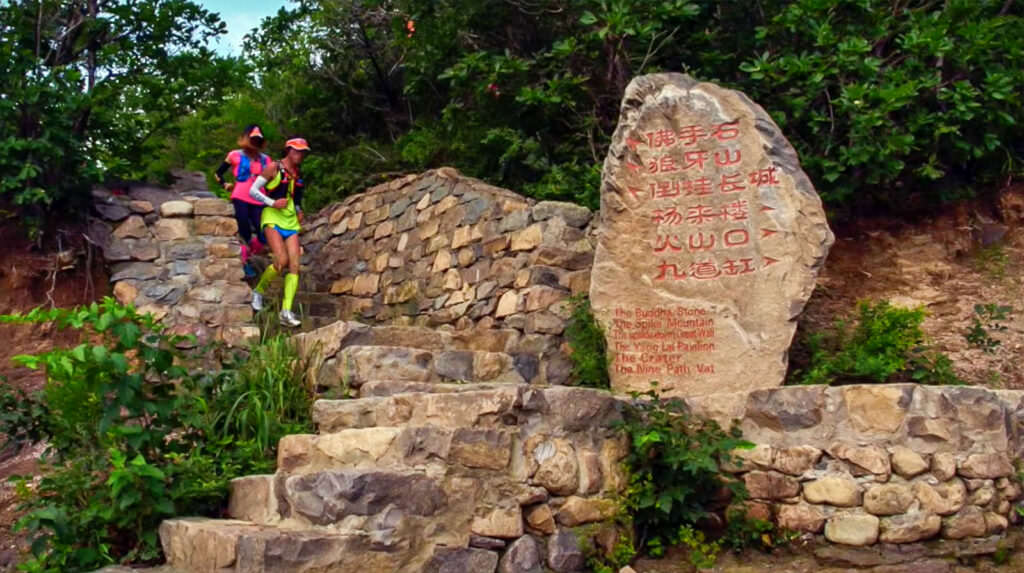
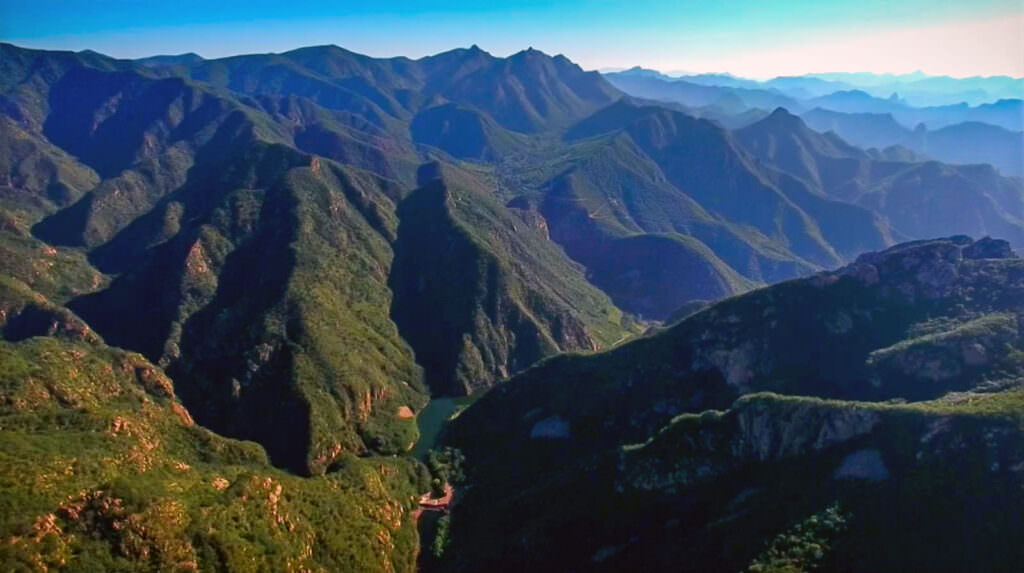
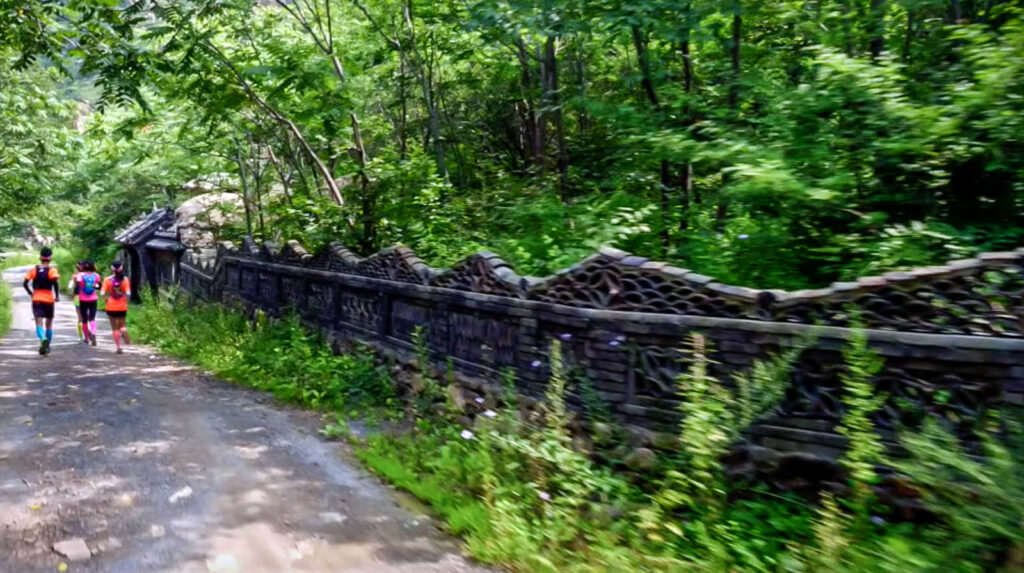
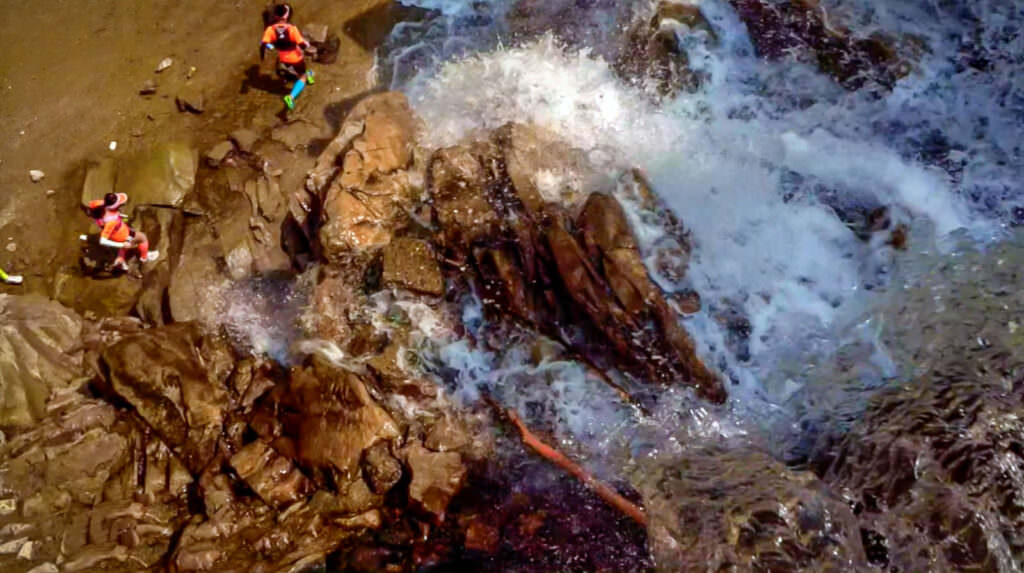
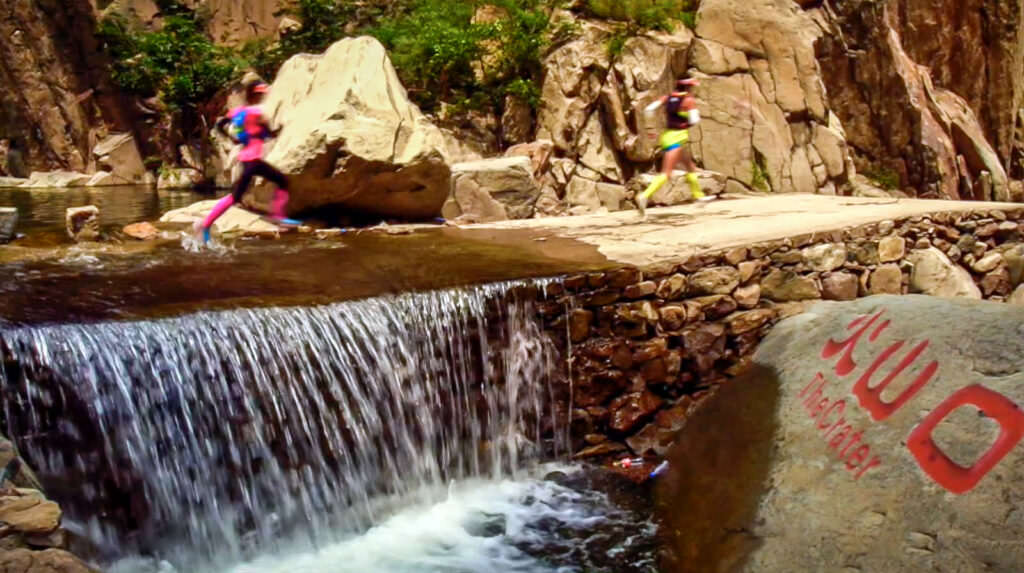
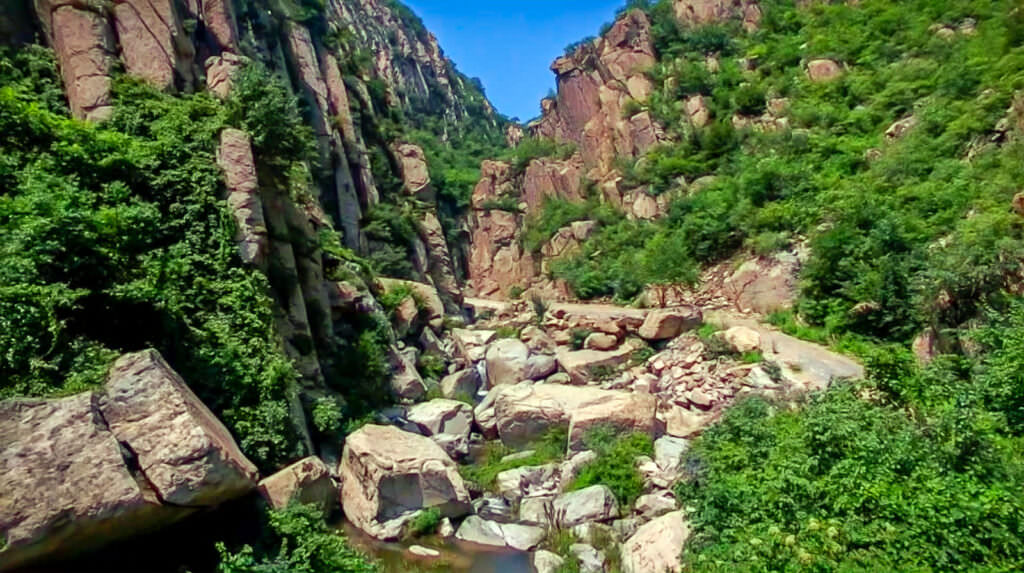

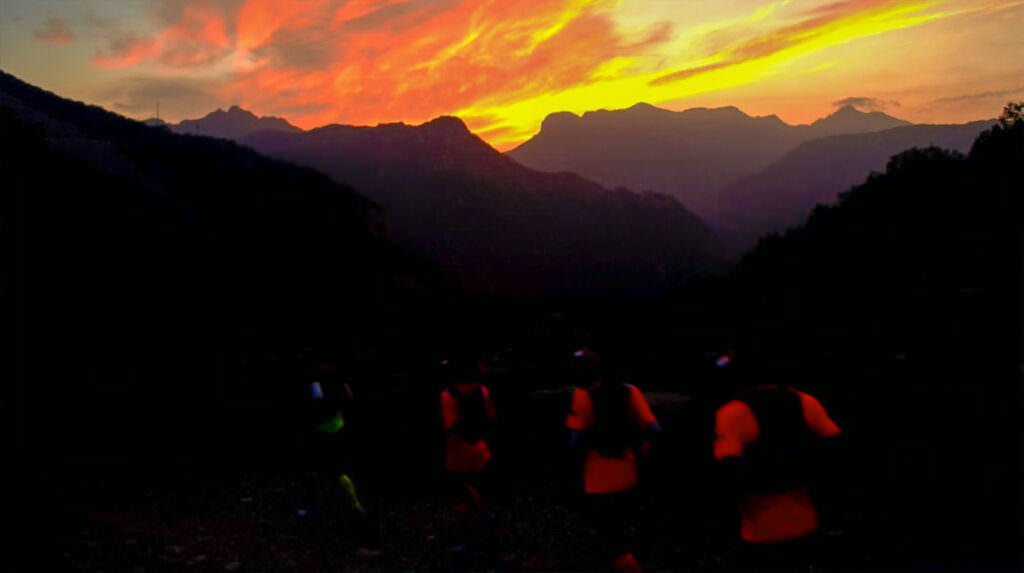
COURSE INTRODUCTION
The Great Wall of China is one of the greatest wonders of the world and a UNESCO World Heritage Site. There are thousands of years of history and culture that runners can experience on their running journey. The following provides history and context to the locations you will be running through during the race.
Bingtangyu Grand Canyon
Bingtangyu Grand Canyon Scenic Area is located in Donggou, Liangjiawan Village, Daxinzhai Town, Funing County, at the foot of the Ming Great Wall, with Yanshan Mountain in the north, hills in the south, and the original ecological canyon of Liangjiawan in the east. Streams that stretch for dozens of miles meander through the valleys, surrounding the quaint villages. Because Liangjiawan is located between mountains and hills, there has been no human development and industrial pollution before. The vegetation on the mountain is lush, the mountain streams are gurgling, and the spring water is clear and sweet, so you can drink it directly.
Its fine natural environment is rare in eastern Hebei, and its rich mountain and rock formations and beautiful landscapes that depend on mountains and rivers have the taste of the Huangshan Mountains in the north of Saibei. There are many relics of the Great Wall of the Ming Dynasty on the mountain, there are the stone carvings of Qi Jiguang’s Shou Cliff, the magical Bingtang Valley that does not melt in the hot summer, and the snow-white sheep roaming in the mountains. Before it was developed, the Liangjiawan Canyon was well-known by many tourists who like to see the sights. There is a steady stream of people who come here. It is more popular with photography, art, and literature lovers, and it has become an ideal place for sketching.
Huaguoshan Scenic Area
The Qing Dynasty "Yongping Mansion Records" contained: "Huaguoshan is outside the Jieling Pass, and there are caves in which Taoists build the pavilion. Outside the caves, there are thousands of springs hanging from the cave, which condense like a curtain of water in the winter, and the initial solution in the summer." This cave has no bottom.
According to legend, it was in the East China Sea. This is how Sun Wukong took treasure in the Dragon Palace. In the Qing Dynasty, a Taoist built a double-decked pavilion in the cave. There is a square pool on the stone wall on the south side of the Buddha statue. Above the entrance of the cave is a huge cliff. In the past, there were thousands of springs gushing down from the top of the cliff, forming thousands of water lines, like a curtain of water faintly covering the cave, hence the name "Water Curtain Cave".
In addition to the core scenery of Shuiliandong, you can also see the winding and majestic Great Wall. The ancient local officials also marveled at the beauty of Huaguo Mountain, and erected a stele at the entrance of the Shuiliandong, engraved the poem "Jingdong Time and Place", describing the waterfall "the cliff is still a thousand feet tall".
Zu Mountain Scenic Area
Zu Mountain is located in Qinglong County, Qinhuangdao. Because the peaks to the north of the Bohai Sea and the east of Yanshan Mountain are formed by its branches, it is named after the "ancestor of the mountains". Its highest peak, Tiannv Peak, is 1428 meters above sea level, slightly inferior to Mount Tai. Climbing Tiannv Peak, watching the sunrise in the east, watching the shadows of the sails in the south, watching the Great Wall in the west, and overlooking the mountains in the north.
Visitors came back and said that Zushan Mountain has strange and dangerous mountain views and beautiful water scenes. The contemporary poet Zang Kejia praised it as "Painting Realm Poetry Heaven". However, Zushan is not well-known, perhaps its beauty is for us to discover and confirm. Famous scenic spots are Oolong Valley, Cloud Sea Buddha Light, Fairy Cloud Bed, Feibao Valley.
Banchangyu Scenic Area
Banchangyu is located 29 kilometers north of Qinhuangdao, covering an area of 33 square kilometers. The scenic spot "spring flowers and summer water, autumn maple and winter snow, morning and evening views, bird's eye view of Qinhuang". The large-scale Banchangyu kiln site group site, the four major defenses of the Great Wall, and the rich north-south culture all tell us the roots of the Great Wall construction. Banchangyu is therefore known as the "root of the Great Wall".
A Must: Great Volcano Wall In the second year of Ming Longqing (1568 AD), Qi Jiguang was transferred to Jizhen's general army, and Tan Lun, the military gate, was sent to rebuild the Great Wall of Jizhen. Brick repairs were added to the foundation of the Great Wall in the early Ming Dynasty and 50 brick enemy buildings were added. Later, enemy buildings were added and the walls were reinforced or rebuilt many times. On the north side of the Great Wall, there is a group of volcanic craters, so most of the Great Wall is built on the craters, so it is called "Volcano Great Wall".
Two Wonders: The Great Wall of Specimen The existing stone wall is 5,000 meters long, 3 meters wide, and 3-5 meters high. It was built by Xu Da, the founding general of the Ming Dynasty, in Hongwu in 14 years. The early Great Wall was mostly covered by the mid-to-late Great Wall wall. Due to the terrain, this section of the Great Wall was easy to attack and difficult to defend. Qi Jiguang moved 2 kilometers to the north during the restoration and was preserved. Dong Yaohui, secretary-general of the Great Wall Society, commented on this section of the Great Wall: This is an isolated example of the Great Wall built by Xu Da in the early Ming Dynasty, and it is a "specimen of the Great Wall in the early Ming Dynasty".
Three Terrific: The Great Wall of the Ring Because Banchangyu was a "heavy ground for logistics support in Jizhen" during the Ming Dynasty, it was necessary to improve the level of defense and confidentiality, so the Ming Dynasty built two Great Walls in Banchangyu successively. To the south is the Great Wall of the early Ming Dynasty, and to the north is the Great Wall of the late Ming. The two phases of the Great Wall in the morning and in the evening will jointly form a rectangular shape with an area of 5.39 square kilometers. From this, the "Circular Great Wall" is named, which is unique among the Great Wall!
Four Fantastic: Northern Qi Great Wall There is also a section of the Great Wall of the Northern Qi Dynasty between the Great Wall in the early and late stages of tomorrow, which is the "Northern Qi Great Wall". The existing length is more than 1,000 meters, the width is 1.5 meters, and the height is 1 meter. They are all built with rubble stones. The materials and methods of building are very different from those of the Ming Great Wall. It has been verified that this section of the Great Wall was built during the Northern Qi Tianbao period (555 AD). Although the city wall is short, its historical value is extremely high.
Five Magic: Upside Down the Great Wall The "Upside Down Great Wall" was built on the cliffs, and the steep mountain shape made him unique. The entire section of the Great Wall is made of bricks and is basically well-preserved. The slope is nearly 70 degrees. It looks like it is falling from the sky when you look up. It looks like a ladder hanging upside down. The scenery of hanging upside down is a "risk"! Very spectacular. The upside-down Great Wall is a monolithic Great Wall that is rarely seen in the Great Wall. The Great Wall is one of the "Seven Wonders of the World", and the "Upside-down Great Wall" is one of the best in the Great Wall scenery.
Six Unique: Jingdong First Floor The first building of Jingdong in the Great Wall’s Six Great Walls is numbered as No. 162 Enemy Building in "The Great Wall". It was originally named "Dajianlou". It is the commanding height of the Banchangyu Great Wall. The top of the mountain is 880 meters above sea level. It is the tallest enemy building in the east of Beijing. The name is "Jingdong First Floor".
Dongjiakou Scenic Area
The Dongjiakou Great Wall stands atop the lofty mountains in the northeastern part of Zhucaoying Town, Funing County, Hebei Province. It is 38 kilometers away from the urban area of Qinhuangdao. It is one of the important barriers of the Jizhen Great Wall built by the famous military general Qi Jiguang in the Ming Dynasty. Guan"-the northern fortress of Shanhaiguan Guancheng. The Dongjiakou Great Wall was rebuilt on the basis of the original Northern Qi Great Wall. It was built in the 14th year of Hongwu in the Ming Dynasty (AD 1381). It was a second-class side wall at the beginning and was rebuilt by Qi Jiguang in the fifth year of Ming Longqing (AD 1571) to a first-class side wall.
On the abrupt and dangerous mountains, there are 36 enemy platforms, 28 battle platforms, and 16 beacon towers. The total length is 8.9 kilometers, the highest point is 556 meters above sea level, and 3 castles are also built. It turns out that except for the castle, the rest are quite well preserved. The Great Wall in this area is built on the steep granite ridge, winding and majestic, with complete defense-in-depth and military installations. The beacon and smoke piers echo each other, showing the unique features of the Ming Great Wall’s military defense system in an all-around and multi-level manner.
Jiumenkou (The 9th Gate) Scenic Area
The Jiumenkou Great Wall is located in Xintaizi Village, Lijia Township, Suizhong County, Huludao City, Liaoning Province, 10 kilometers away from Shanhaiguan District of Qinhuangdao City and 20 kilometers away from Qinhuangdao City, with a total length of 1,704 meters. Its southern end rises between the cliffs of dangerous peaks and connects with the Great Wall coming from Shanhaiguan.
Since then, the Great Wall has stretched northward along the ridge to the south bank of the local Jiujiang River. A huge bridge across the river was built on the Jiujiang River, which is 100 meters wide, to continue northward among the mountains. "The city walks on the water, and the water flows in the city." This is how people describe the image of the Great Wall at Jiumenkou. *Terry, see the red character on the mountain? That is saying the 9th Gate.
Changshou Mountain (Mt. Long Life) Scenic Area
Changshou Mountain is a national 4A-level scenic spot, a national forest park, and a national geological park. Leaning on the Great Wall in the east, bordering with Liaoning Province, bordering the "Little Guilin in the North" Yansai Lake in the west, Jiaoshan Great Wall in the south, and Yanshan ridges in the north, spanning 6.5 kilometers from east to west, it is a tourist attraction that combines natural and cultural landscape.
Jiaoshan Scenic Area
Located about 3 kilometers north of Shanhaiguan City, Jiaoshan is the highest peak of the mountain barrier in the north of Guancheng, with an altitude of 519 meters. Its peak is flat-topped and can sit on hundreds of people. There are huge stone sacs, named like a dragon with a horn on its head. The main attractions are Jiaoshan Great Wall, Enemy Terrace, Jiaoshan Temple, Ruilian Pengri.
In 1961, it was established as the first batch of national key cultural relics protection units. Jiaoshan is the first mountain that the Great Wall of China spans from the eastern sea to the north, so it is also called "the first mountain of the Great Wall of China".
The First Pass Under Heaven
Shanhaiguan, also referred to as Shanhaiguan District, also known as Yuguan, Yuguan, and Linluguan, is a demonstration point for the national civilized scenic tourist area. Located 15 kilometers northeast of Qinhuangdao City, Hebei Province, it gathers the essence of the ancient Great Wall of China. It is one of the northeast pass of the Ming Great Wall. Before 1990, it was regarded as the starting point of the east end of the Ming Great Wall.
Throat, the guarantee of the capital". It echoes with Jiayuguan, thousands of miles away, and is well-known all over the world. Shanhaiguan City, with a circumference of about 4 kilometers, is connected to the Great Wall. The city is 14 meters high and 7 meters thick. It has four main gates and various defensive buildings. The scenic area covers an area of 0.1 square kilometers, including the "First Pass in the World" Arrow Tower, Jingbian Tower, Muying Tower, Linlu Tower, Ruilian Pavilion Park, Wengcheng, Yiguan Square, and the 1,350-meter-long Plain Great Wall of the Ming Dynasty and other landscapes. It is named because the scenic spot covers the landmark building of Shanhaiguan-"The World's First Gateway Arrow Tower". It is the most complete military defense system of the Great Wall so far. "The World's No. 1 Arrow Tower", also known as "Zhendonglou", is the east gate of Shanhaiguan City.
According to the "Linyu County Chronicles", it was repaired many times during the Ming and Qing Dynasties and repaired many times after the liberation. The building area of the tower is 198 square meters. The building has a single eaves roof in Xieshan, the four corners are decorated with ridge beasts of different shapes, and there are 68 arrow windows on the north, east and south sides. Above the arrow tower, the most eye-catching is the giant plaque "The First Pass in the World". There are three plaques inside and outside the building.
POEM
The poet who wrote poetry for The First Pass Under Heaven :
Vicissitudes of life The edges and thin bones stand in the sky, reading the rain and wind all over the world.
The most broken part of the vicissitudes of life, Shuangfeng still looks red.
Falling down in autumn, revisiting the Zhuifeng and reiterating the vicissitudes of life Feng Lao Canglan travels to the old place, and frost has caused the building to be broken.
Zheng Honghan rains round the moon, and the leaves fall for another autumn.
Su Muzhe • The Great Wall in Late Autumn Take Fan Zhongyan's "Biyuntian" as the starting sentence: Green sky, red fire tree. In the dangerous city, dragons dance among the flowers. Take a leisurely stroll along the mountain trail. Autumn is faint, and the sky above condenses. Muhonggui, Wen Yeyu. Thousands of years in the past, even the animals were shocked.
The apprentice service dawn builds the imperial. Girl Jiang is miserable, crying to death with her beloved.
COURSE DETAILS
160K (100-MILES)
The 100-mile race is the ultimate endurance achievement for runners and the Shanshaiguan Great Wall Trail Race course is easily one of the most beautiful, rewarding, and challenging courses you can experience. Running this course you will see sections of the Great Wall of China that are rarely experienced by anyone except for a few select natives who are intimate with the landscape.
The 160K course is an extremely difficult trail race with a finish rate of 37%. You must train and be in top physical and mental condition to prepare and finish the race.
DISTANCE
GAIN
DECENT
AID STATIONS
CUT-OFF
160K COURSE STATIONS
| # | LOCATION | CUT-OFF |
|---|---|---|
| 1 | Start - Bingtangyu (冰塘峪) | 14:00PM |
| 2 | Ying En Building (迎恩楼) | 16:00PM |
| 3 | Kakuyama (角山) | 19:00PM |
| 4 | Changshou Mountain (长寿山) | 24:00AM |
| 5 | Jiumenkou (九门口) - Gear Changes Point (换装点) | 06:00AM |
| 6 | Huangtuling (黄土岭) | 09:00AM |
| 7 | Miao Chengzi (苗城子) | 11:00AM |
| 8 | Dongjiakou (董家口) | 12:00PM |
| 9 | Pingdingyu (平顶峪) | 15:00PM |
| 10 | Haicheng Town (闗城小镇) | 19:00PM |
| 11 | Beigou Village (北沟村) | 24:00AM |
| 12 | Tiannv Town (天女小镇) - Gear Changes Point (换装点) | 03:00AM |
| 13 | Dongyugou (东峪沟) | 08:00AM |
| 14 | Tiannvfeng Parking Lot (天女峰停车场) | 11:00AM |
| 15 | Huaguoshan (花果山) | 13:00PM |
| 16 | Finish - Bingtangyu Grand Canyon (冰塘峪大峡谷) | 14:00PM |
100K
For ultra runners looking to elevate their distance and endurance while experiencing the incredible sights of the Great Wall of China in a rewarding and challenging course experience.
DISTANCE
GAIN
DECENT
AID STATIONS
CUT-OFF
100K COURSE STATIONS
| # | LOCATION | CUT-OFF |
|---|---|---|
| 1 | Tiannv Town (天女小镇) | 08:00AM |
| 2 | Ying En Building (迎恩楼) | 11:00AM |
| 3 | Kakuyama (角山) | 12:00PM |
| 4 | Changshou Mountain (长寿山) | 16:00PM |
| 5 | Jiumenkou (九门口) - Gear Changes Point (换装点) | 19:00PM |
| 6 | Huangtuling (黄土岭) | 23:00PM |
| 7 | Miao Chengzi (苗城子) | 02:00AM |
| 8 | Dongjiakou (董家口) | 05:00AM |
| 9 | Pingdingyu (平顶峪) | 08:00AM |
| 10 | Xicheng Town Railway Station (闗城小镇火车站) | 10:00AM |
